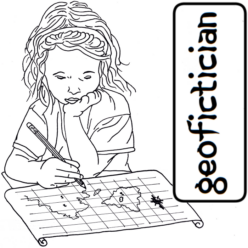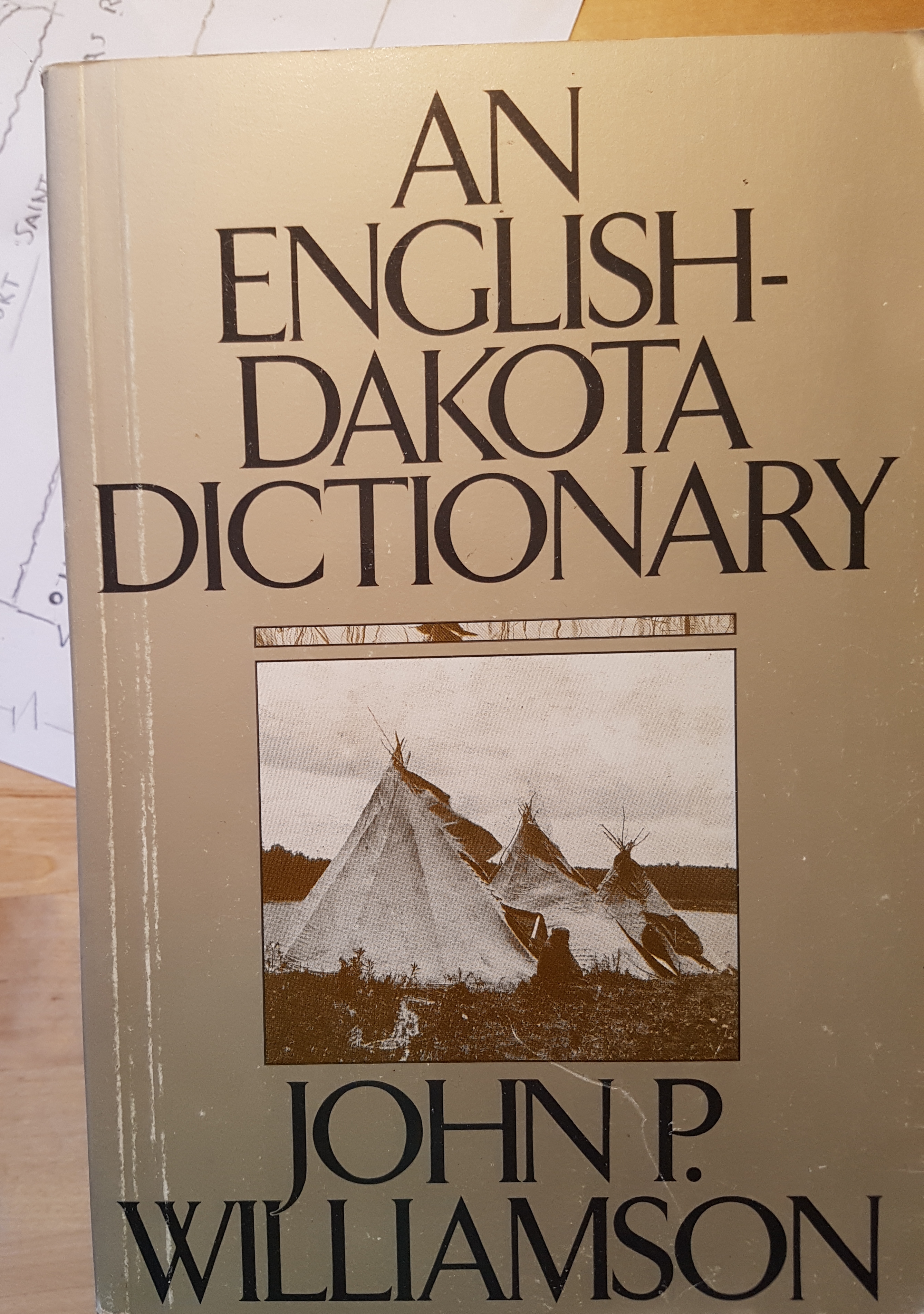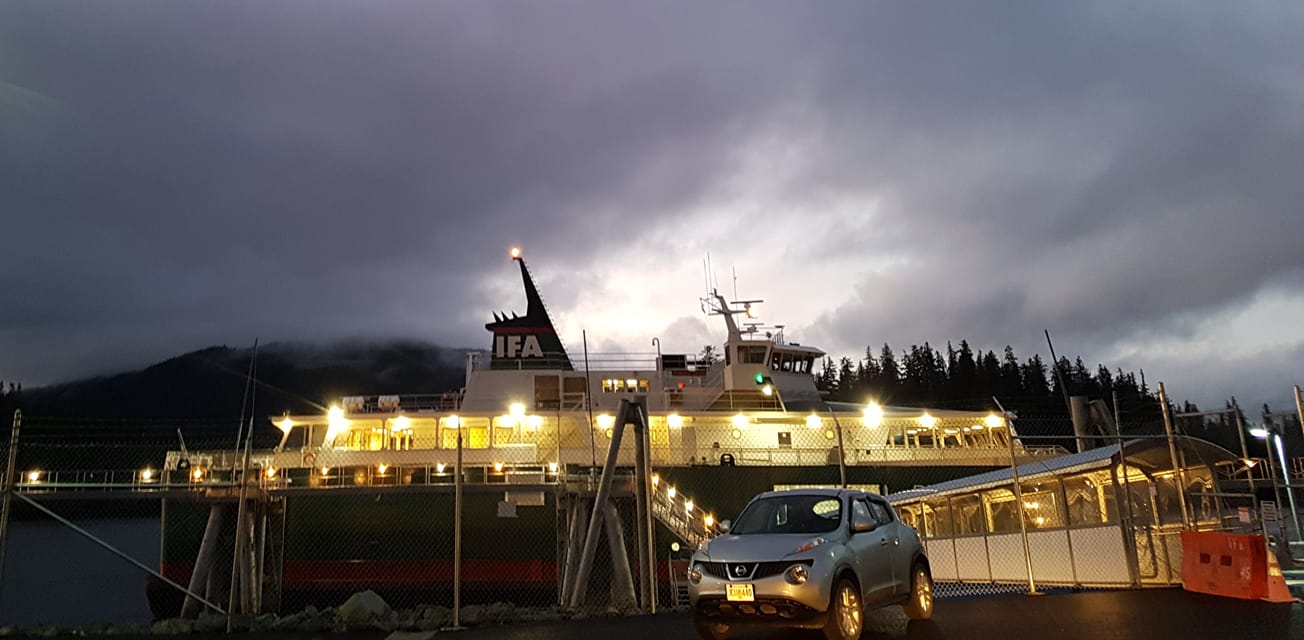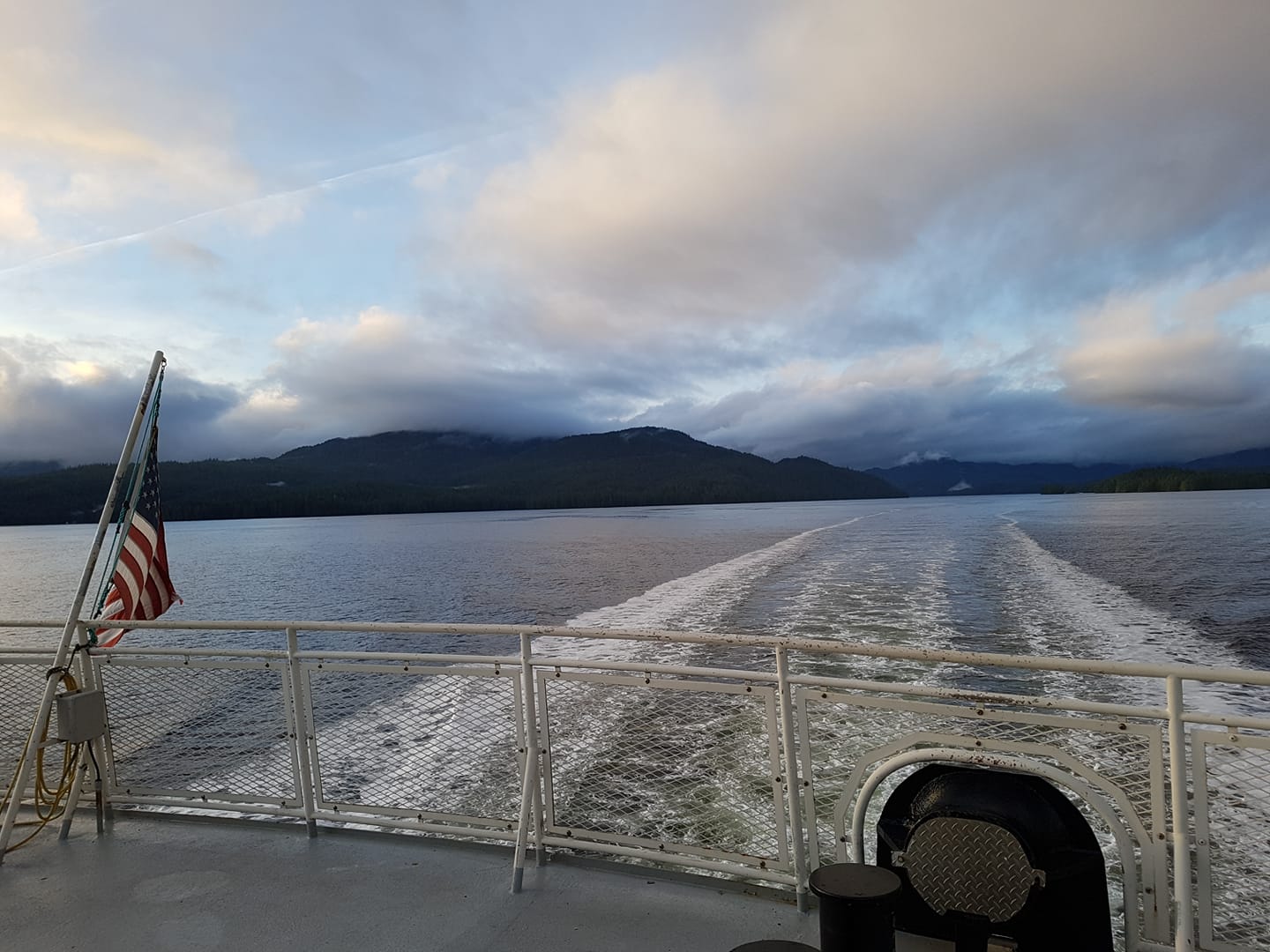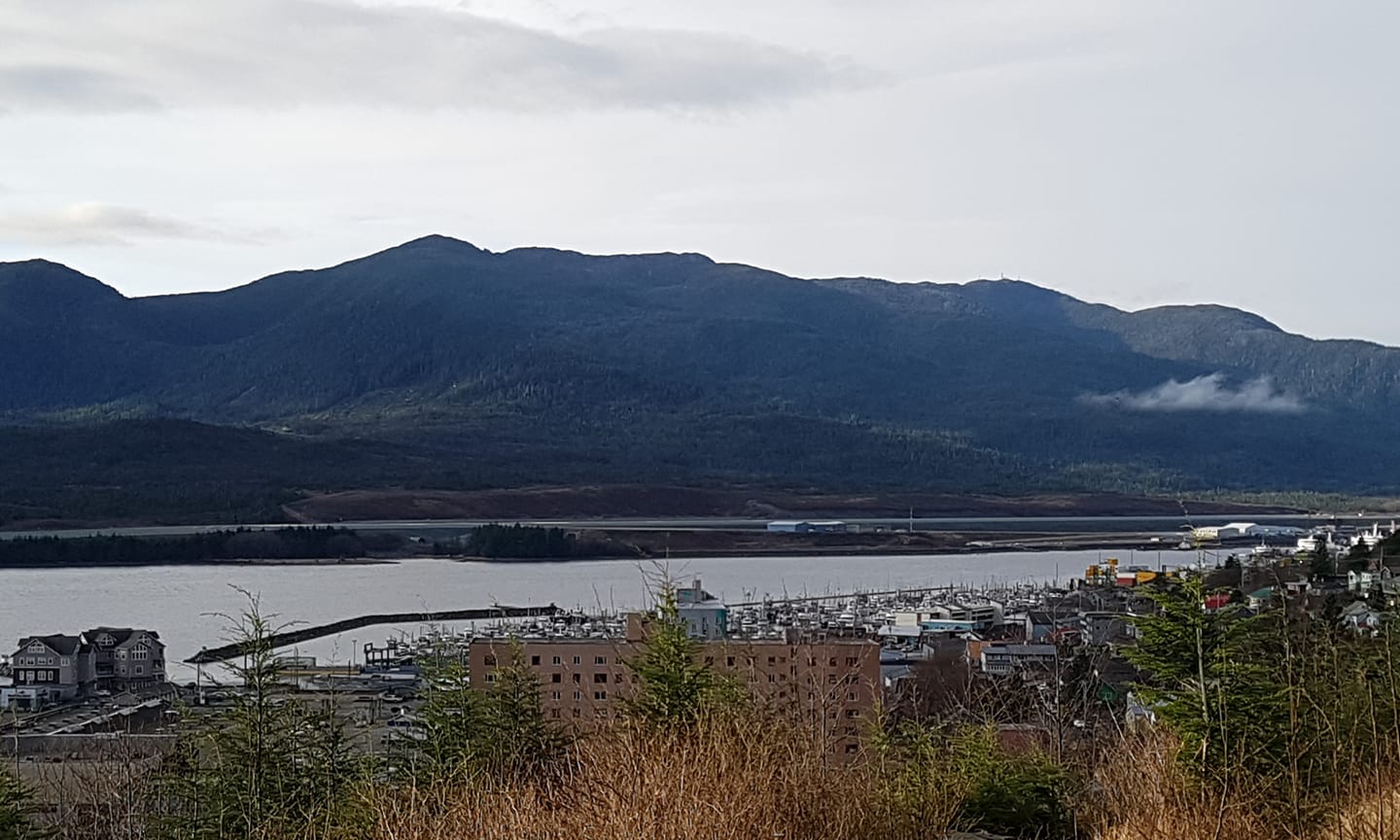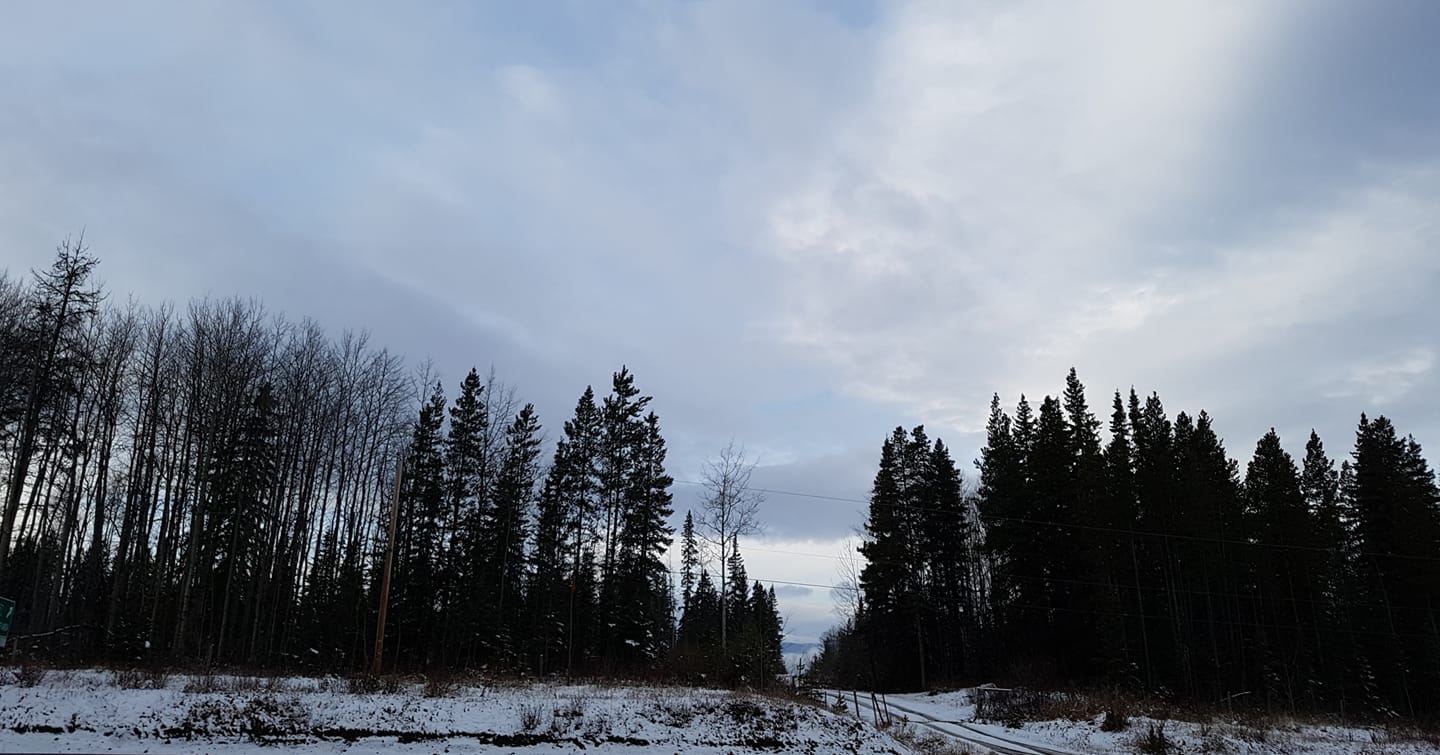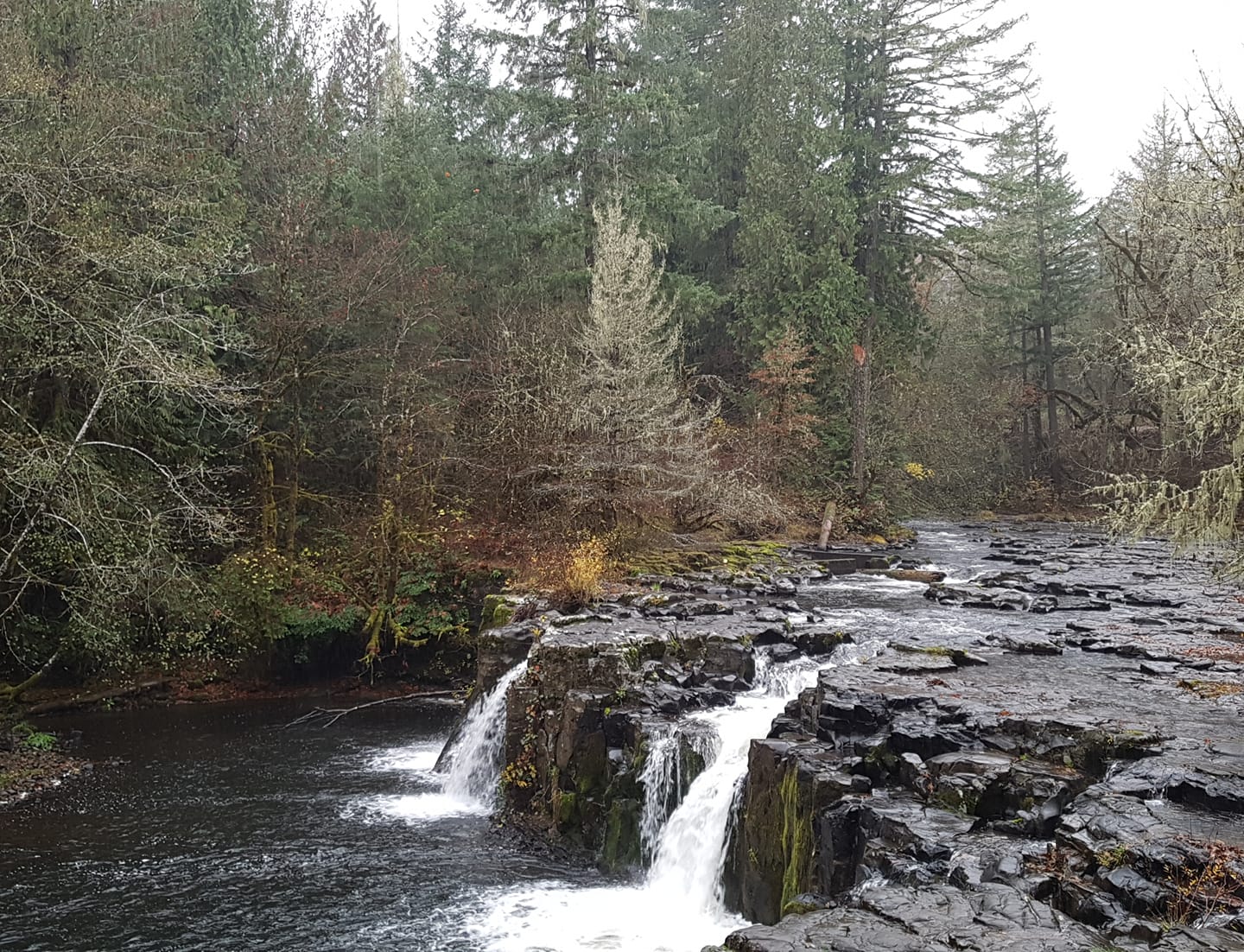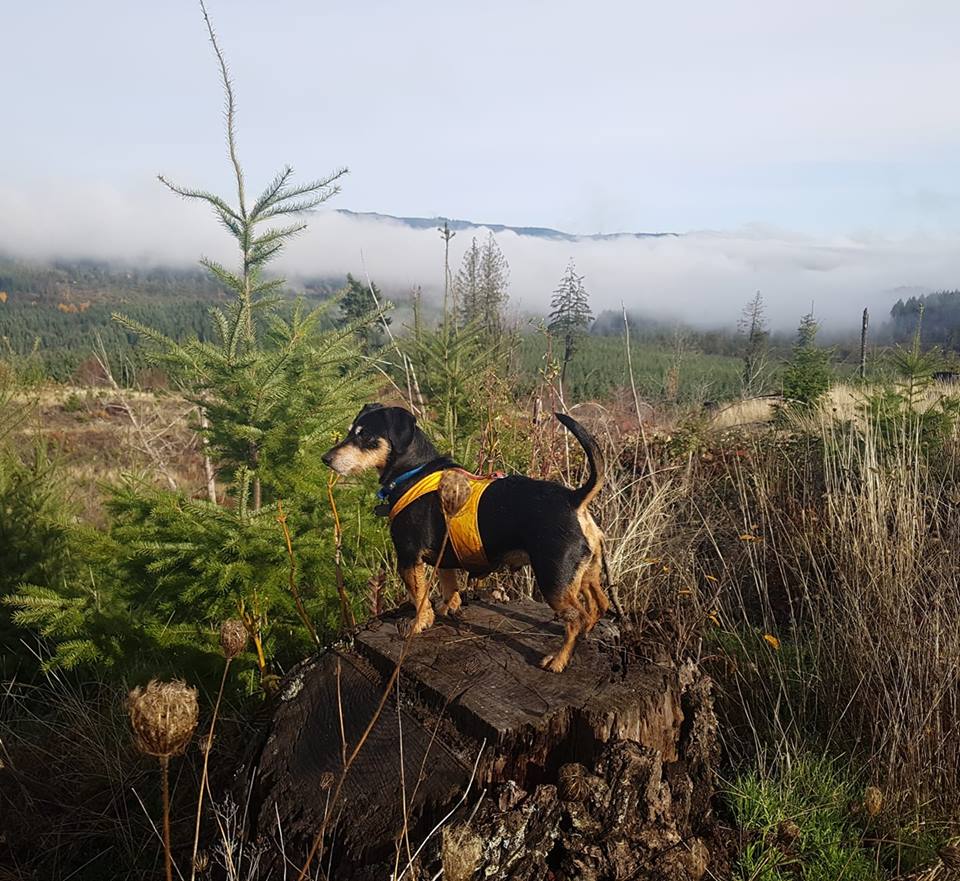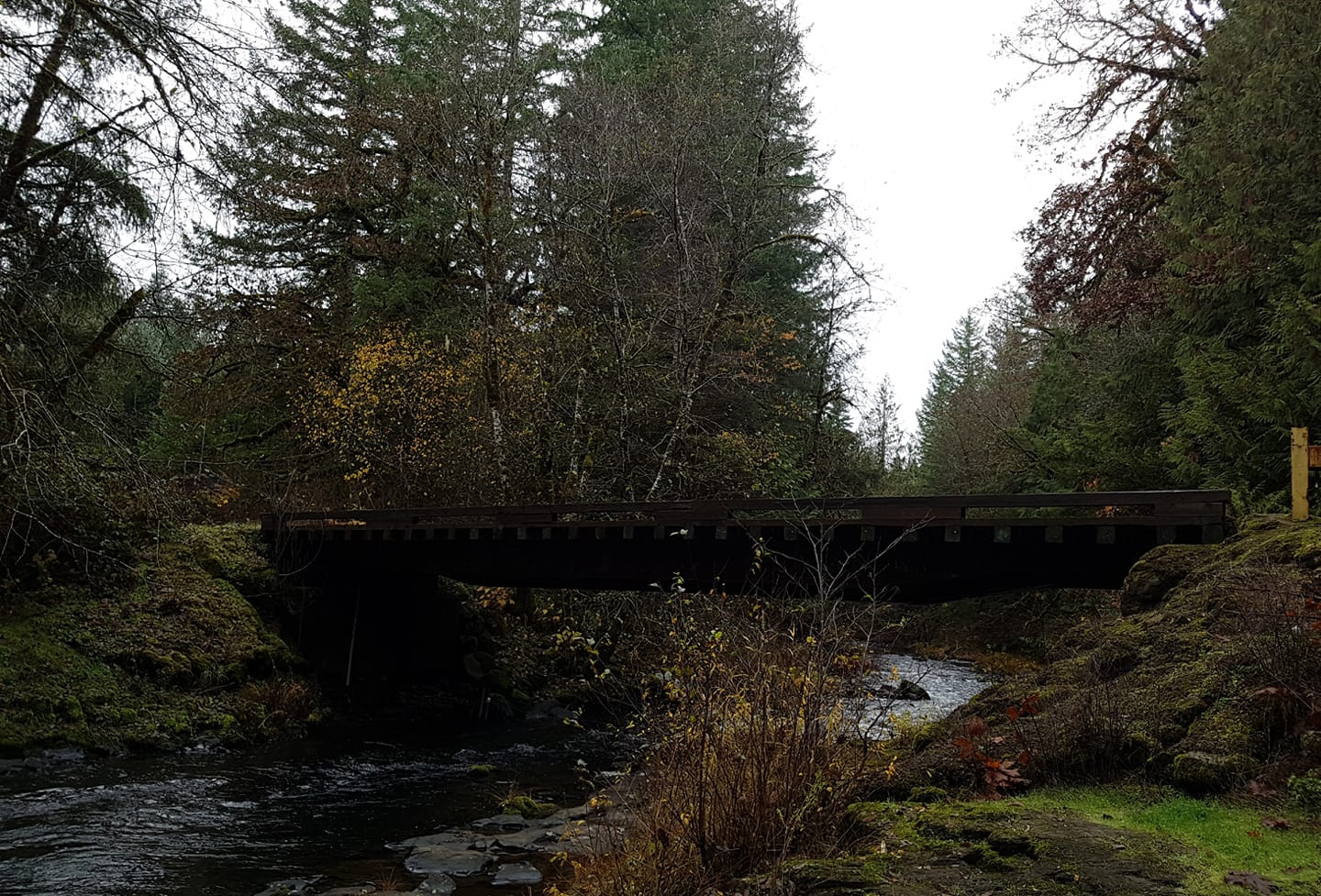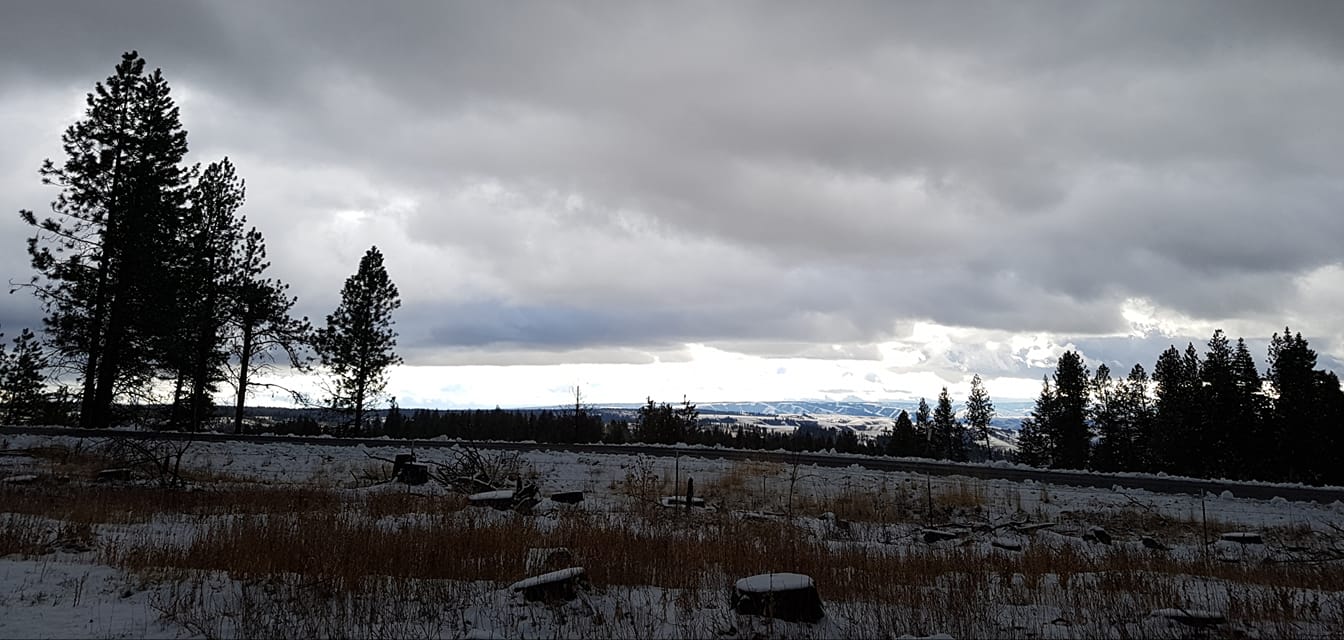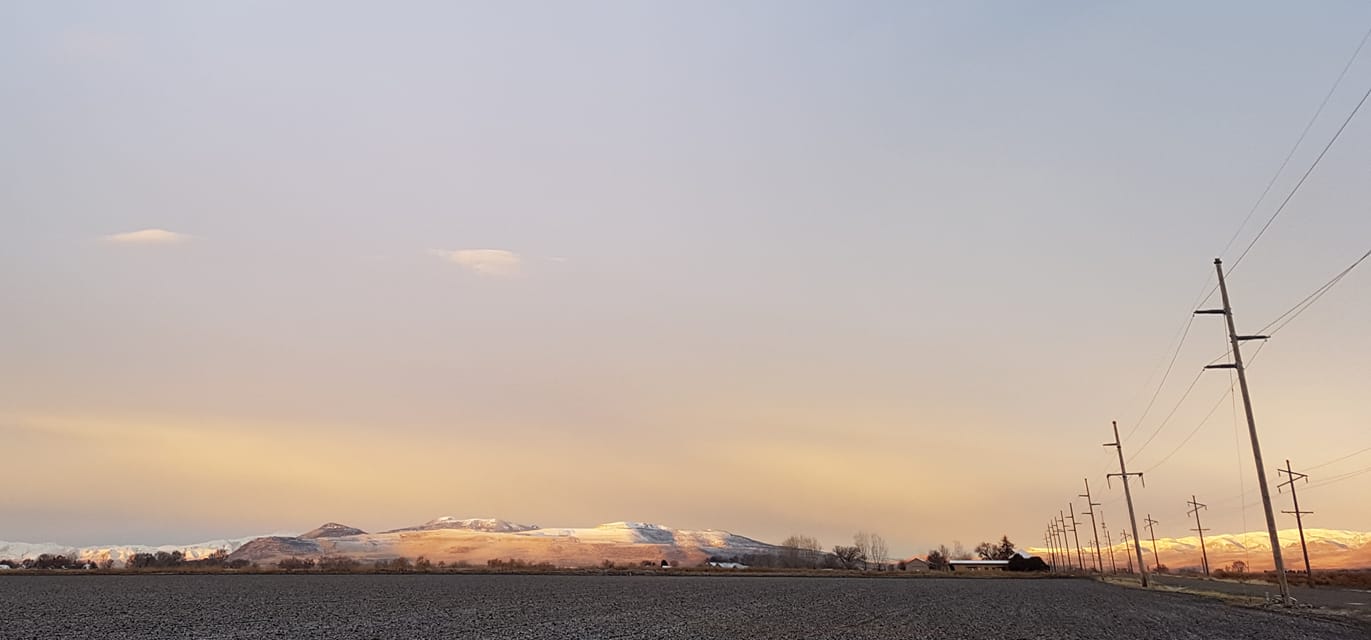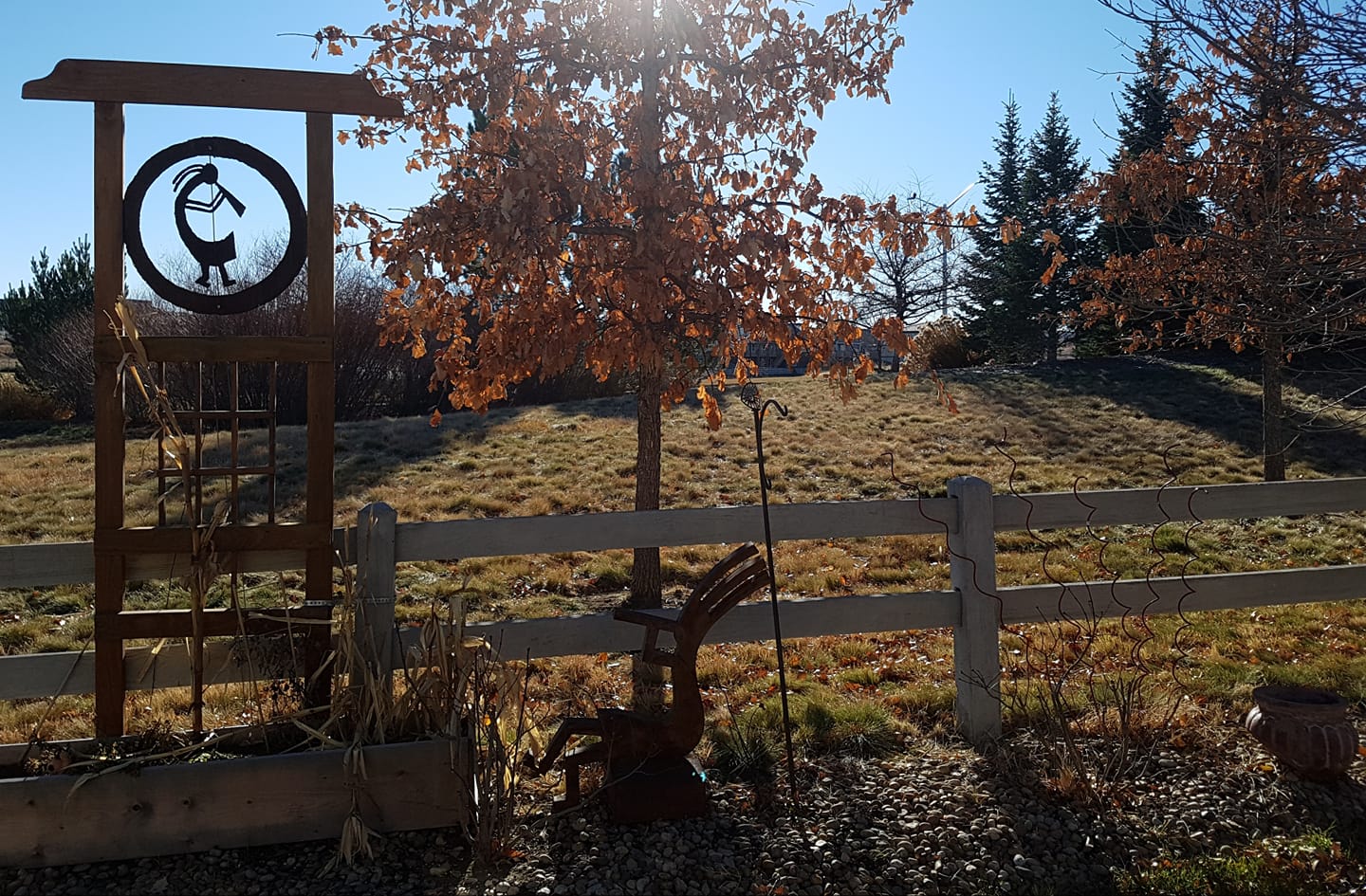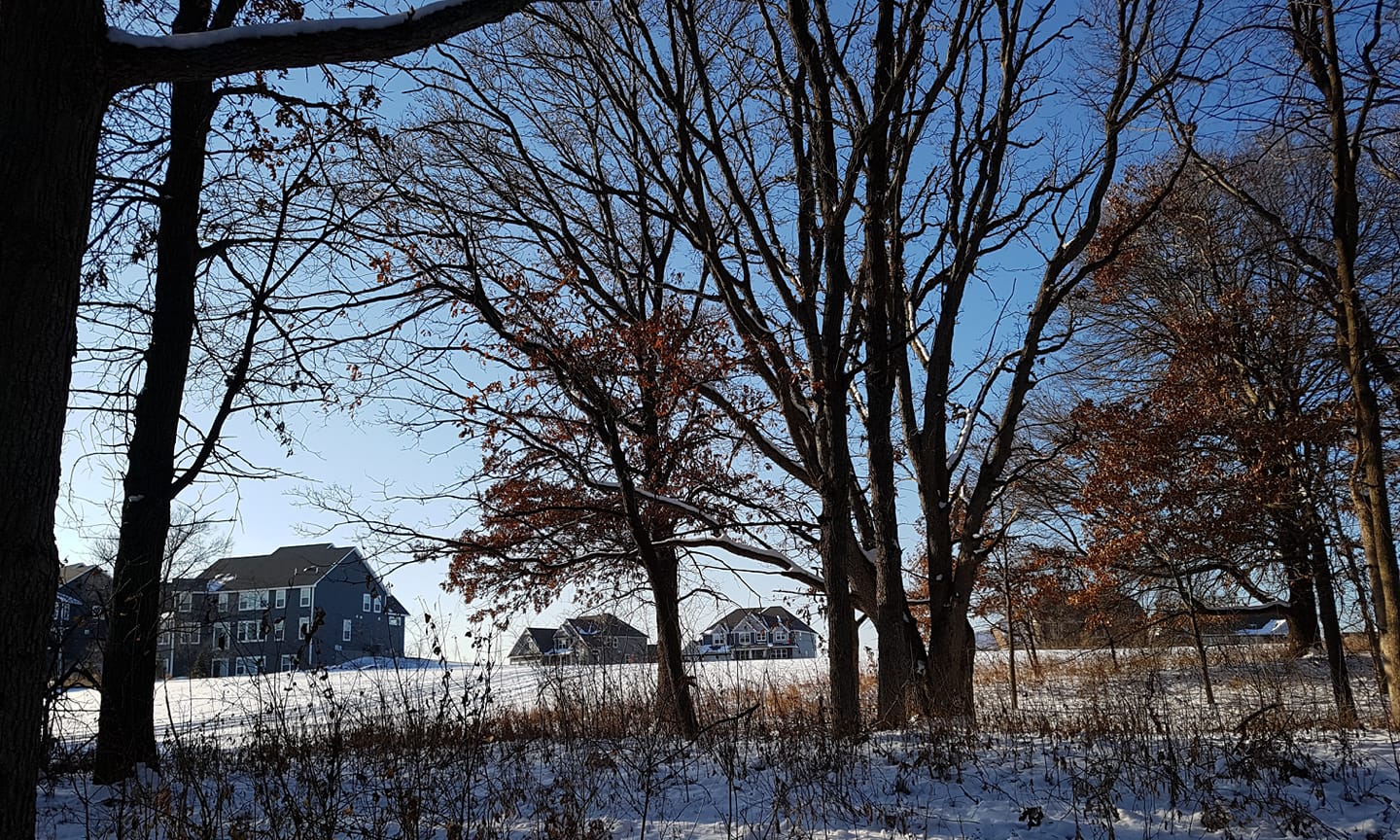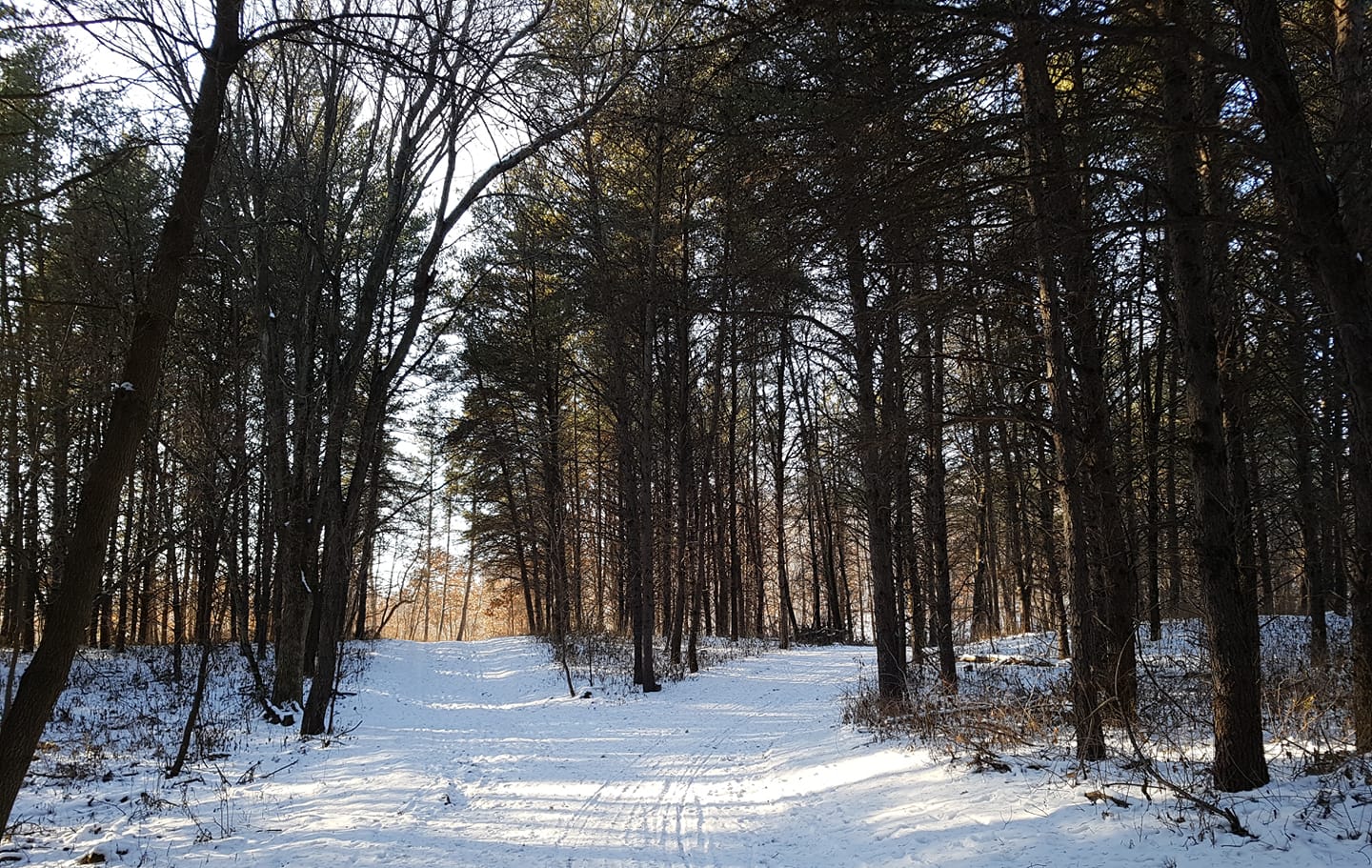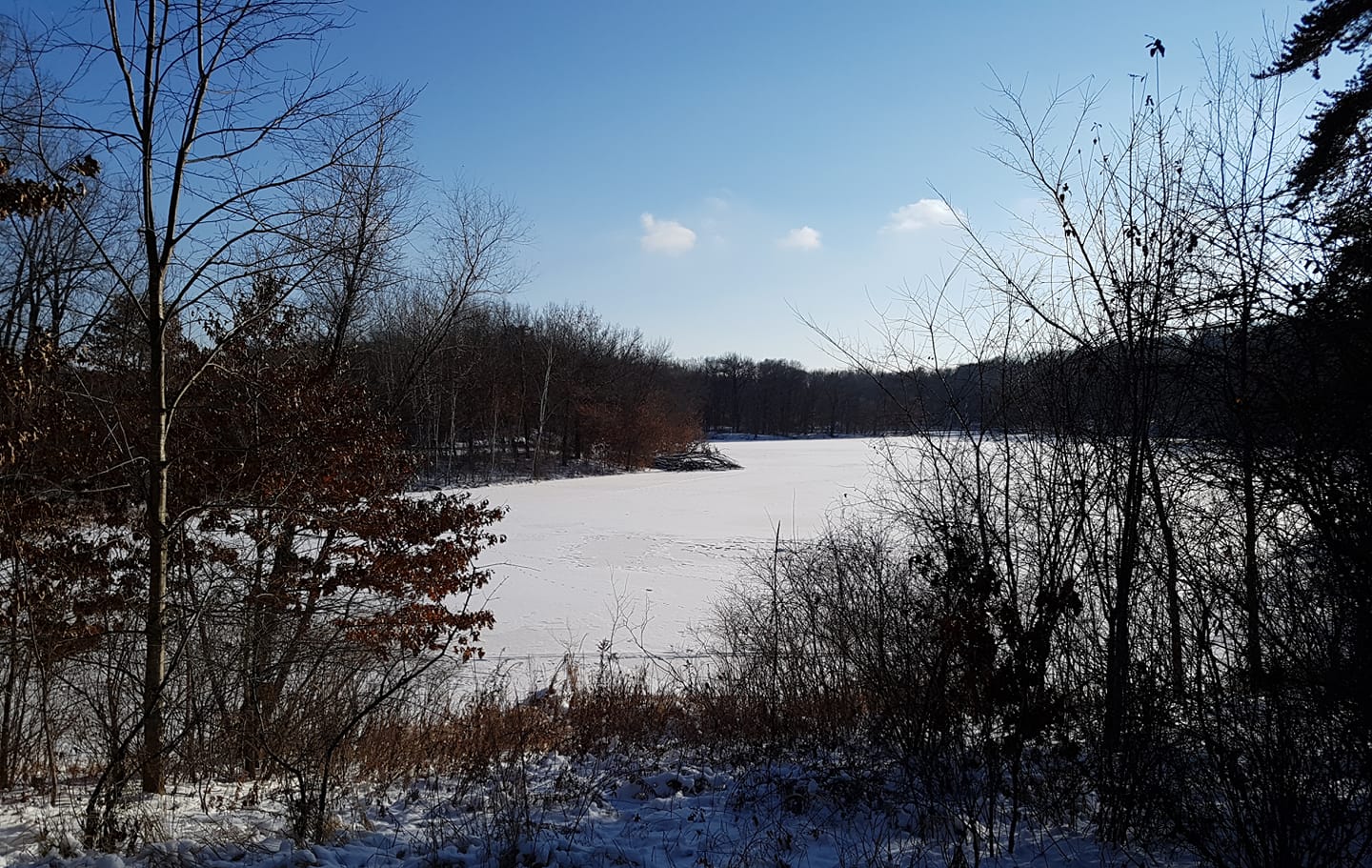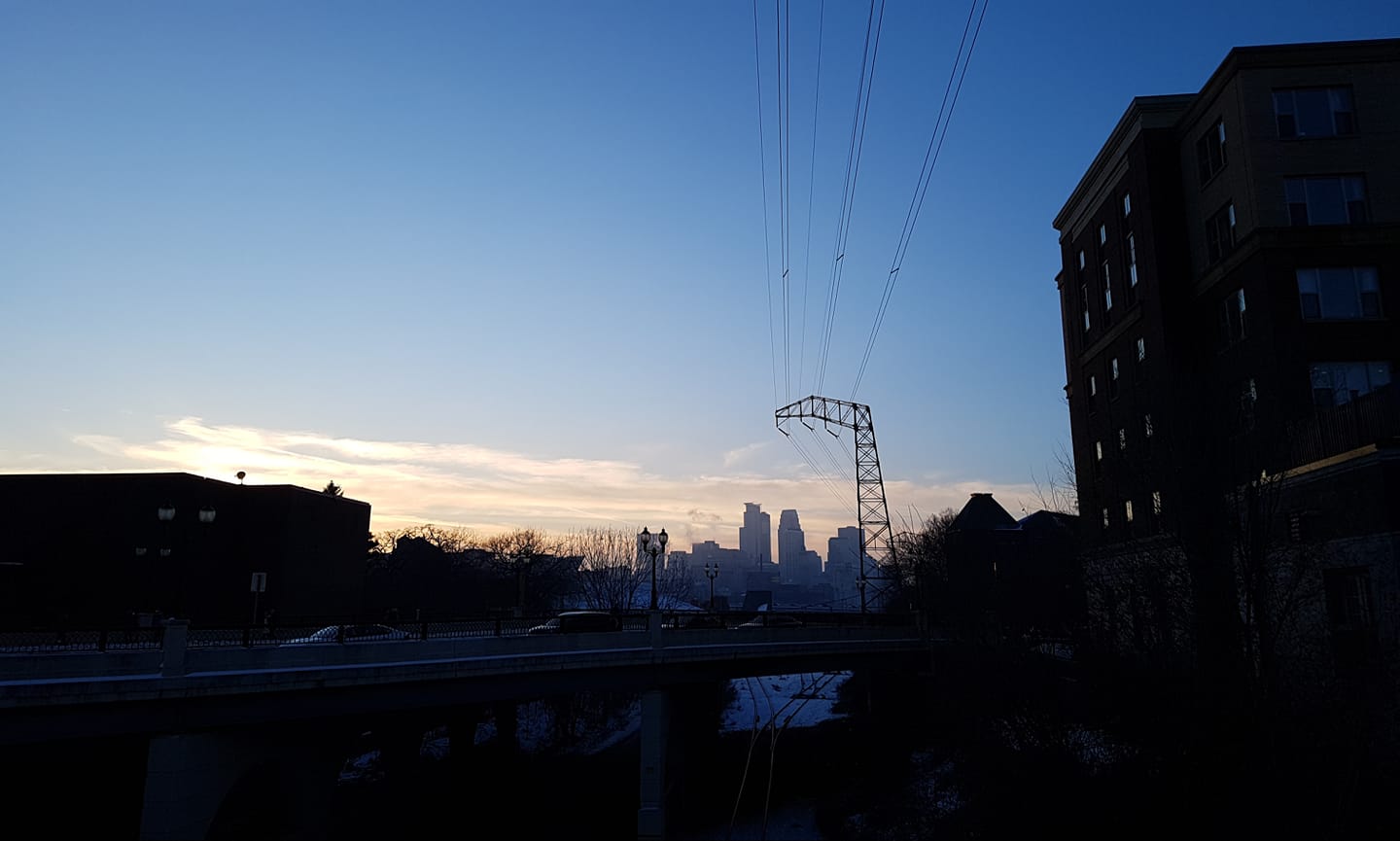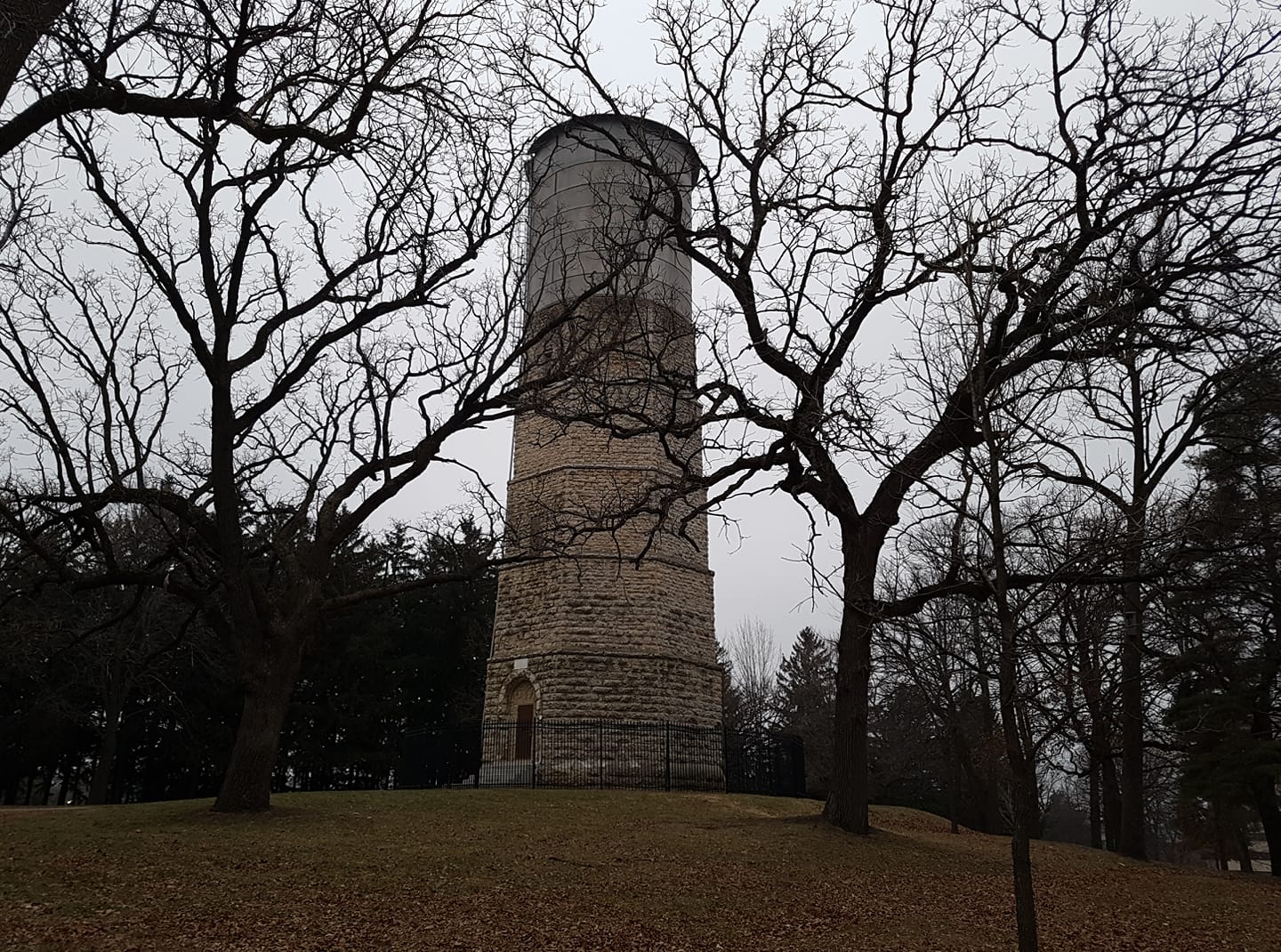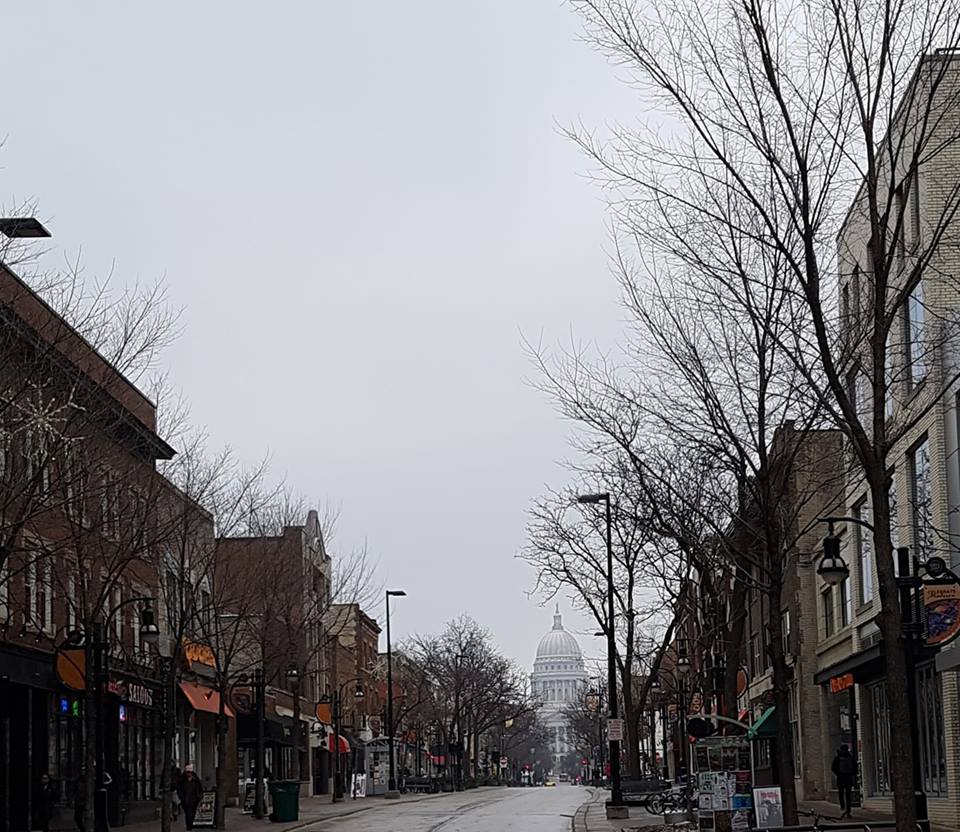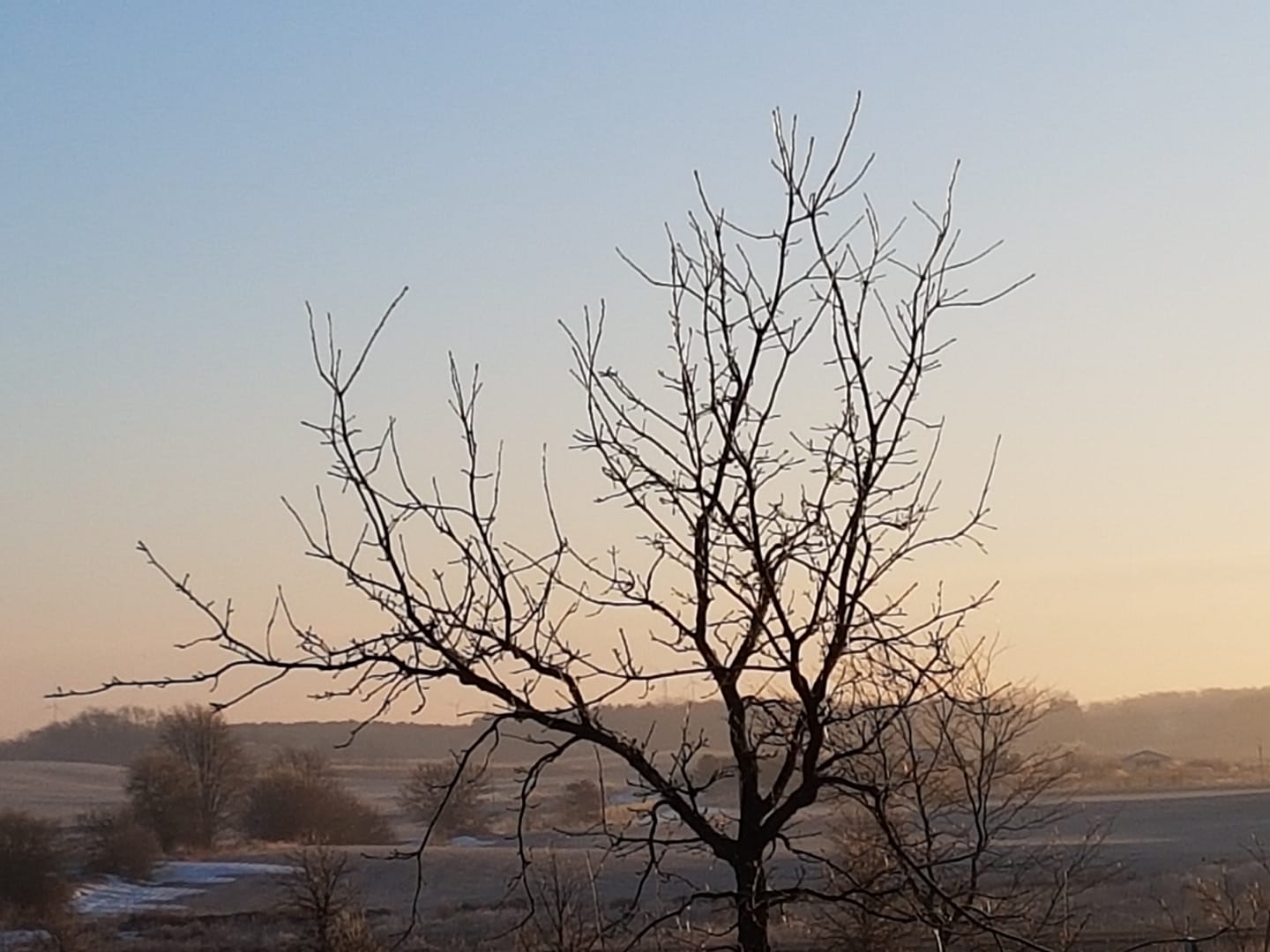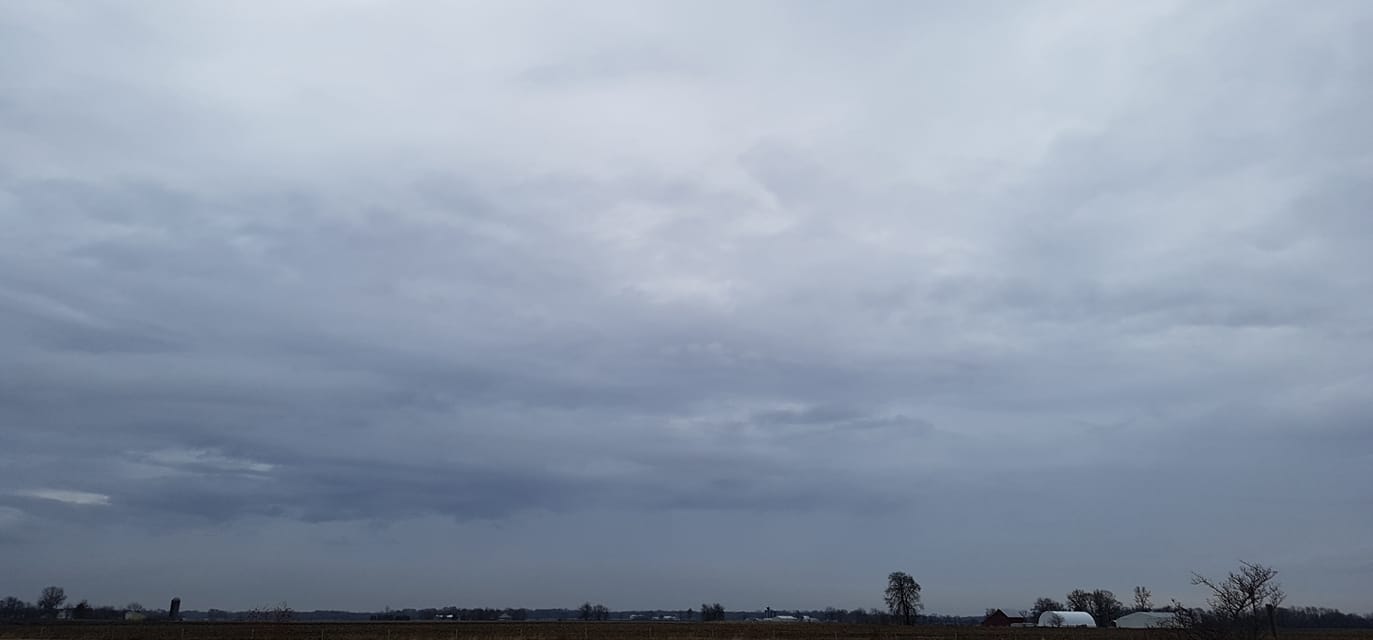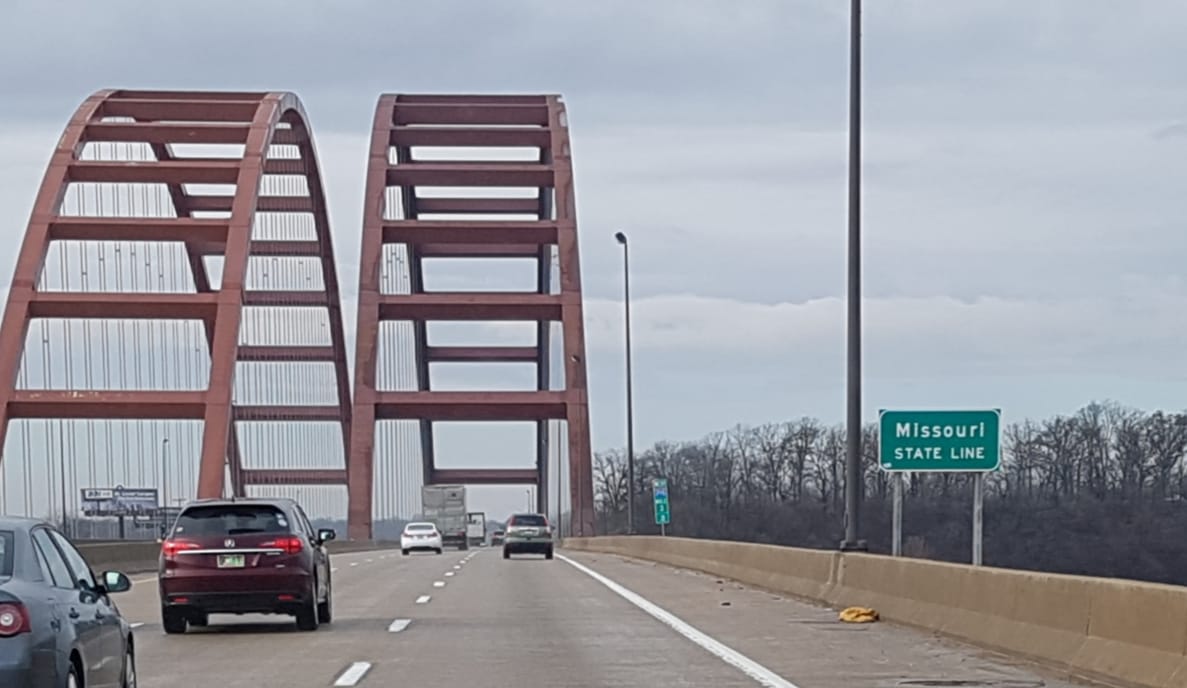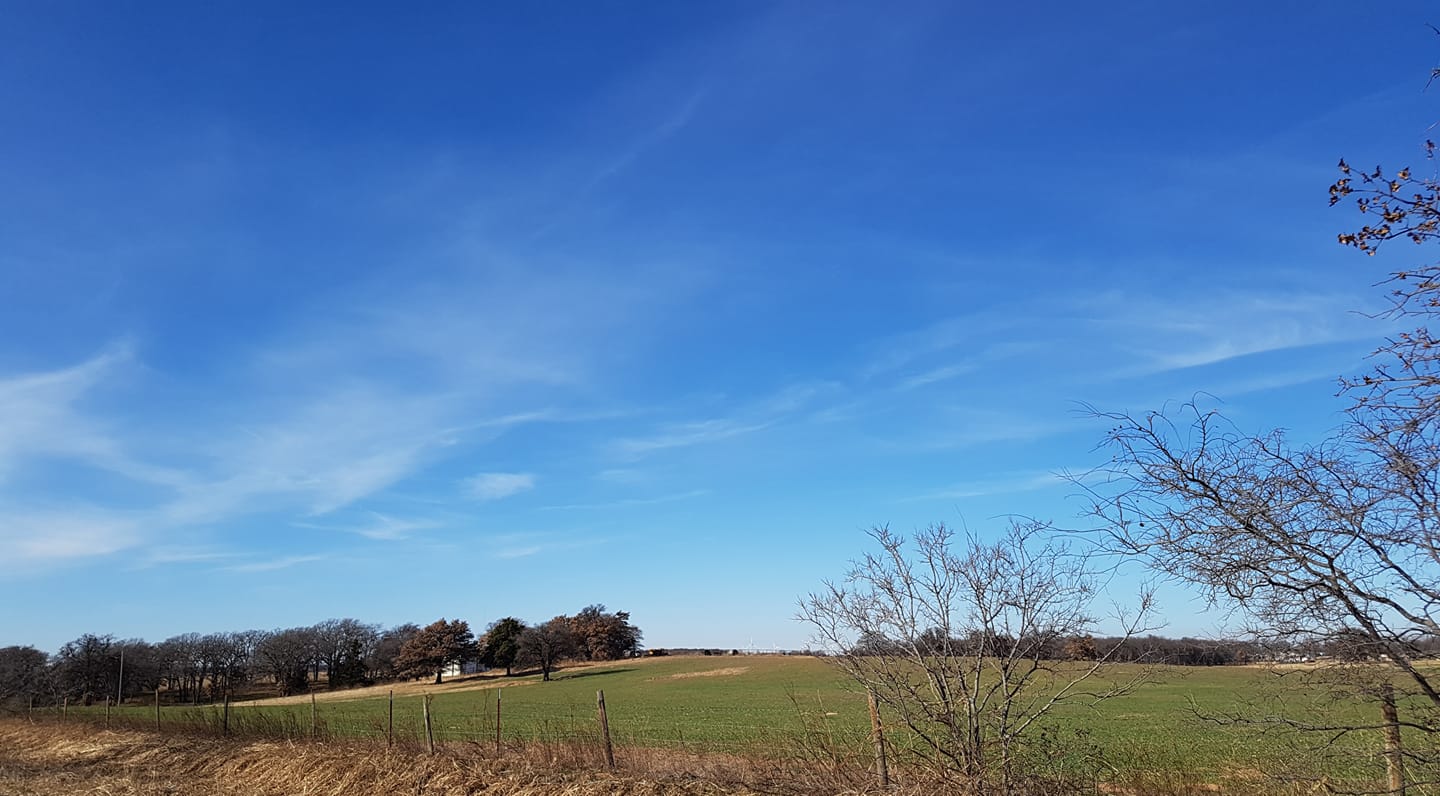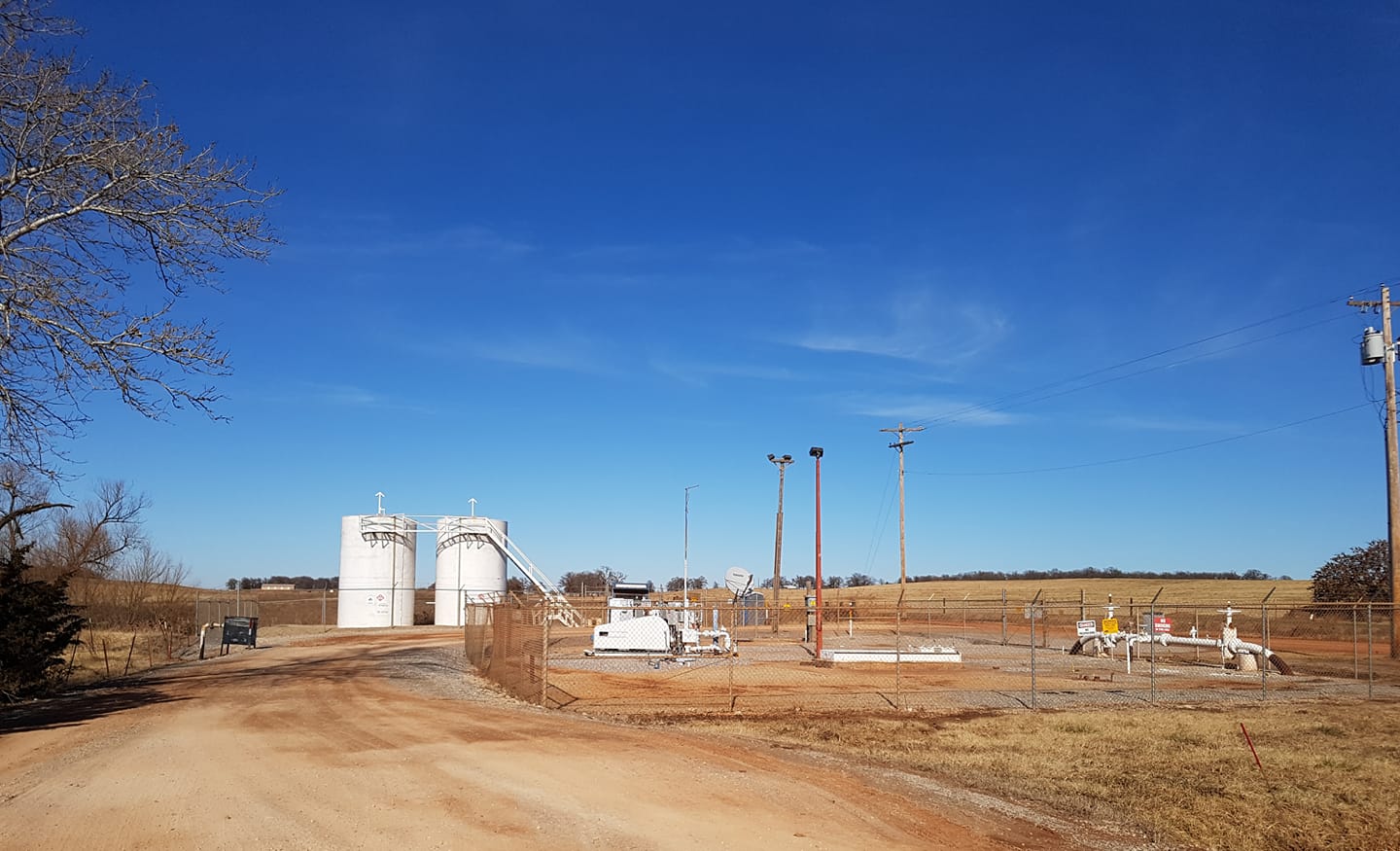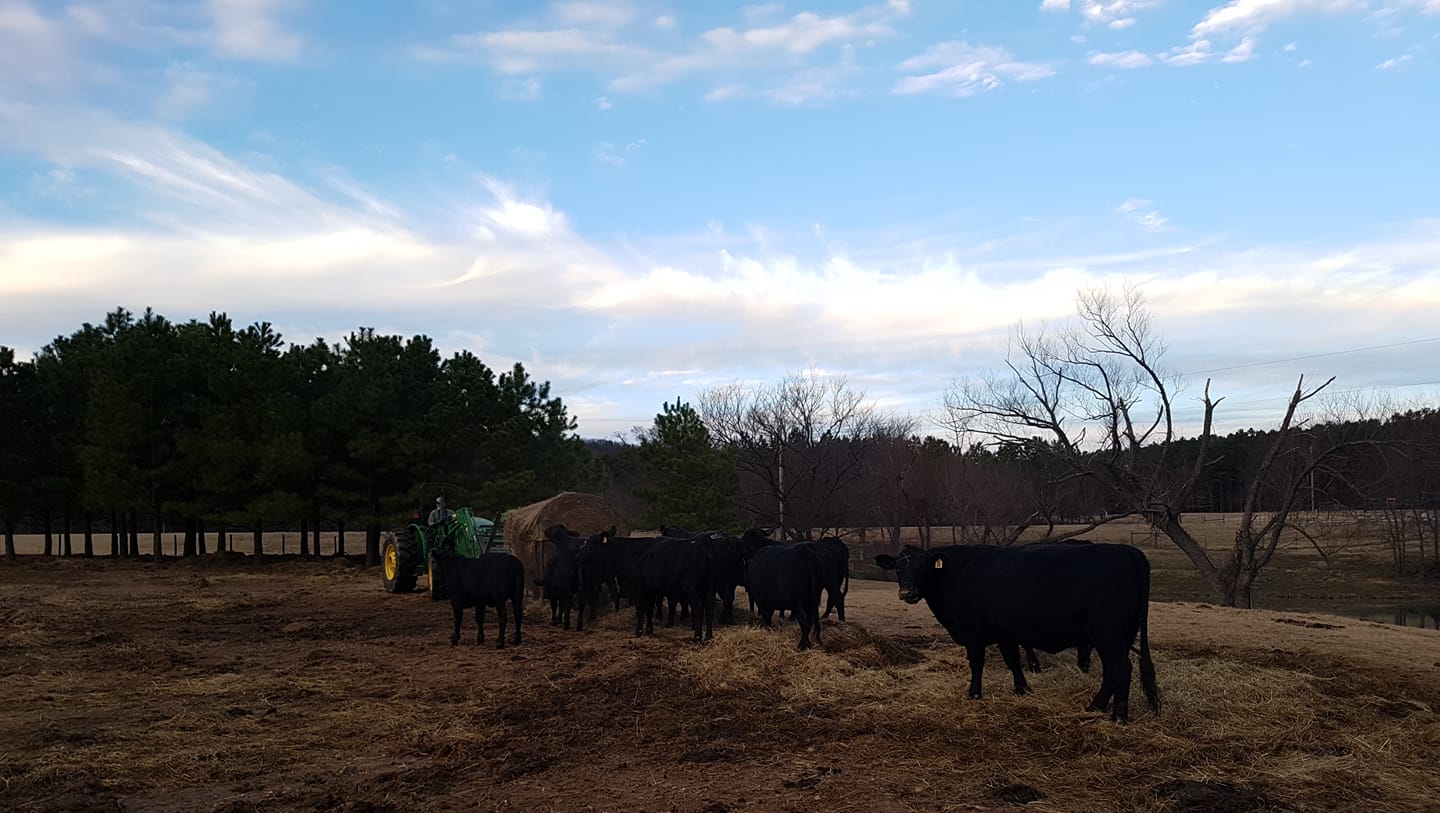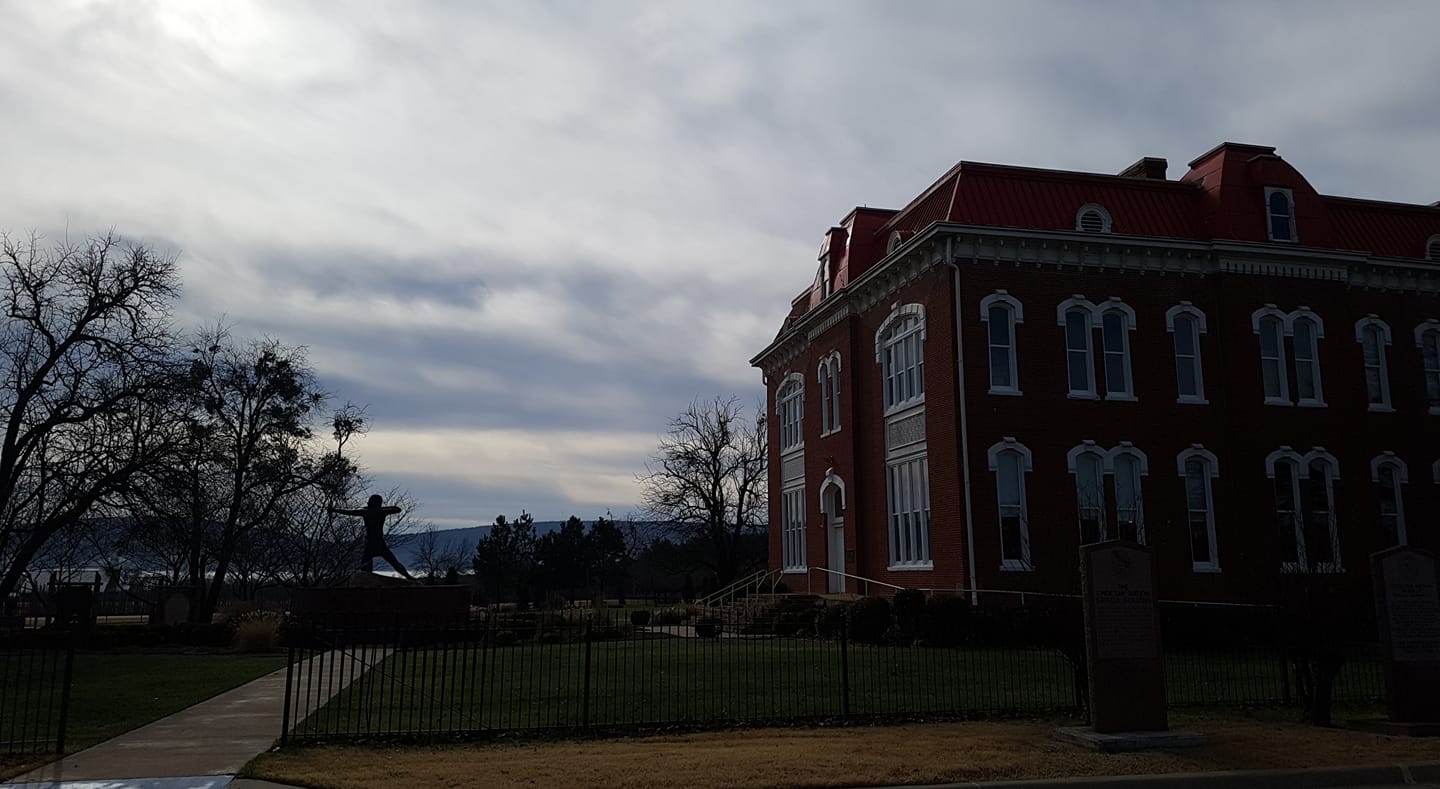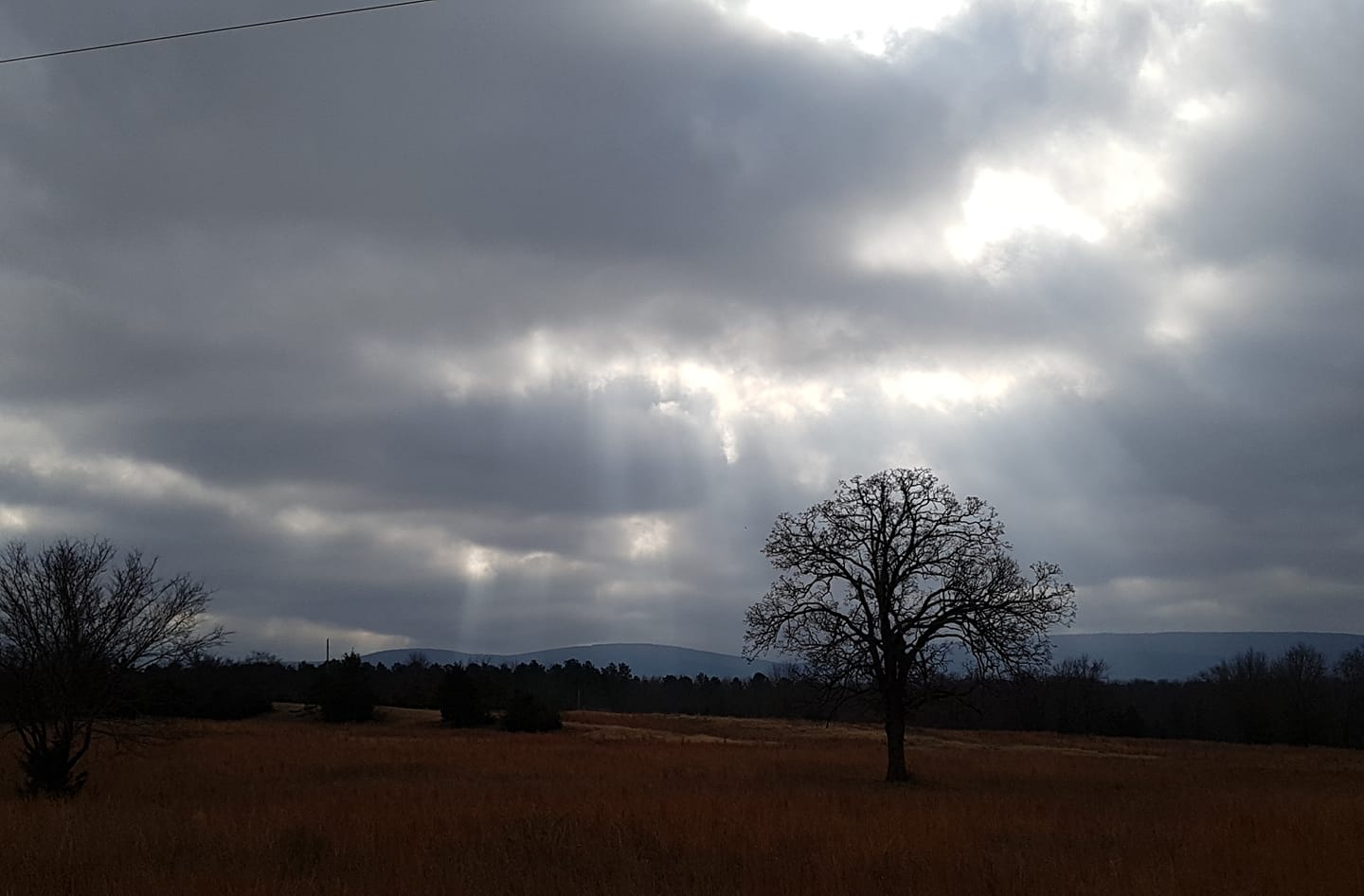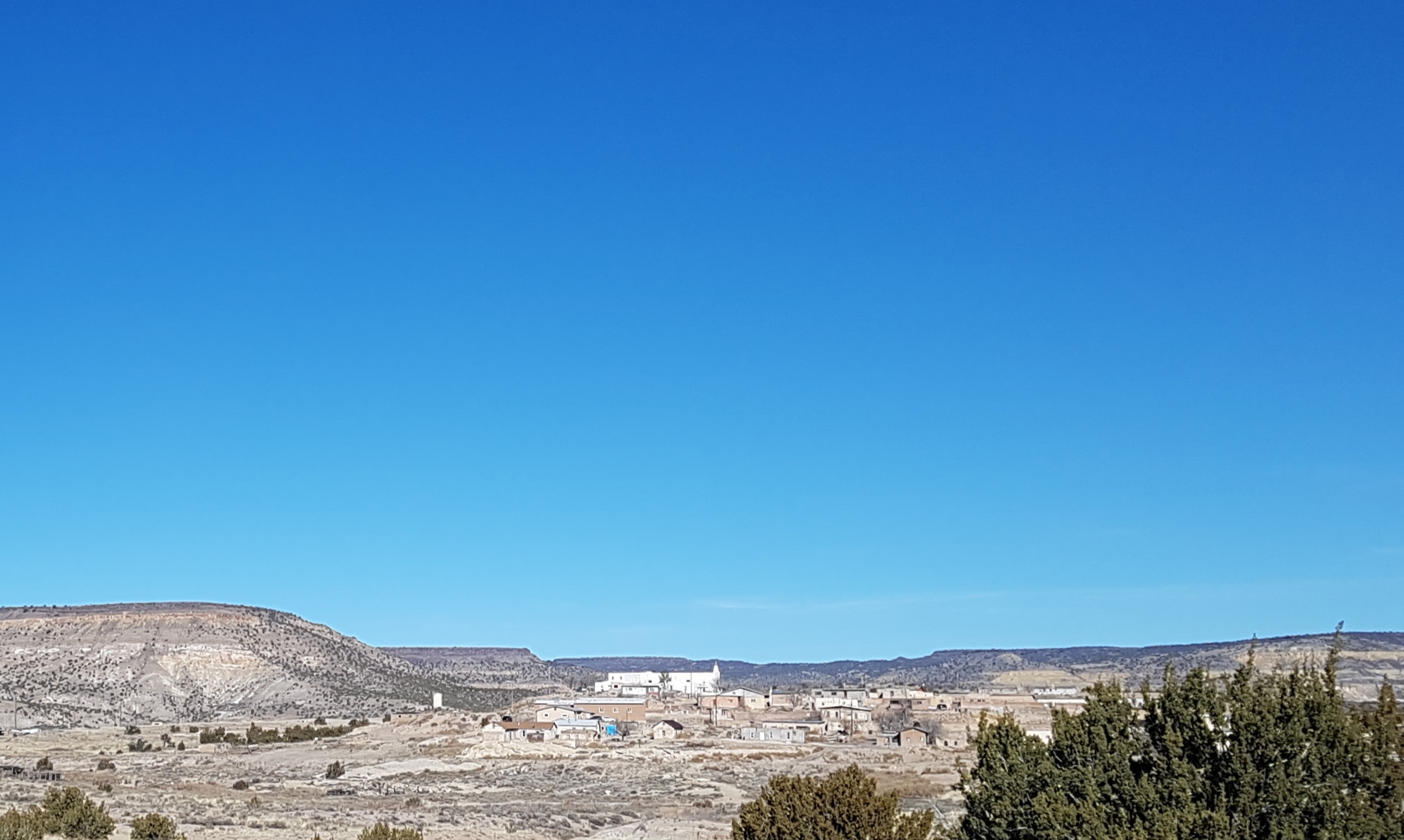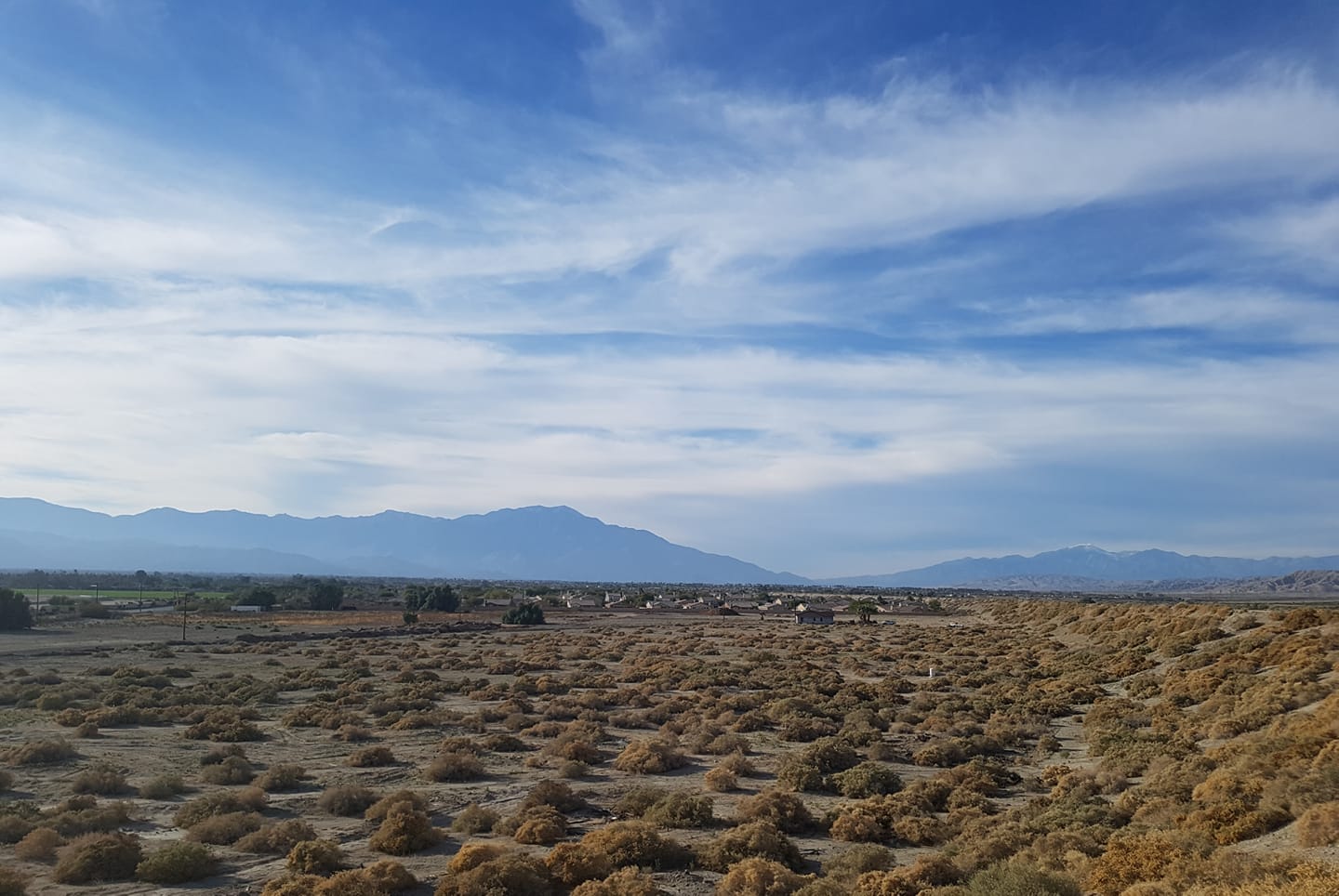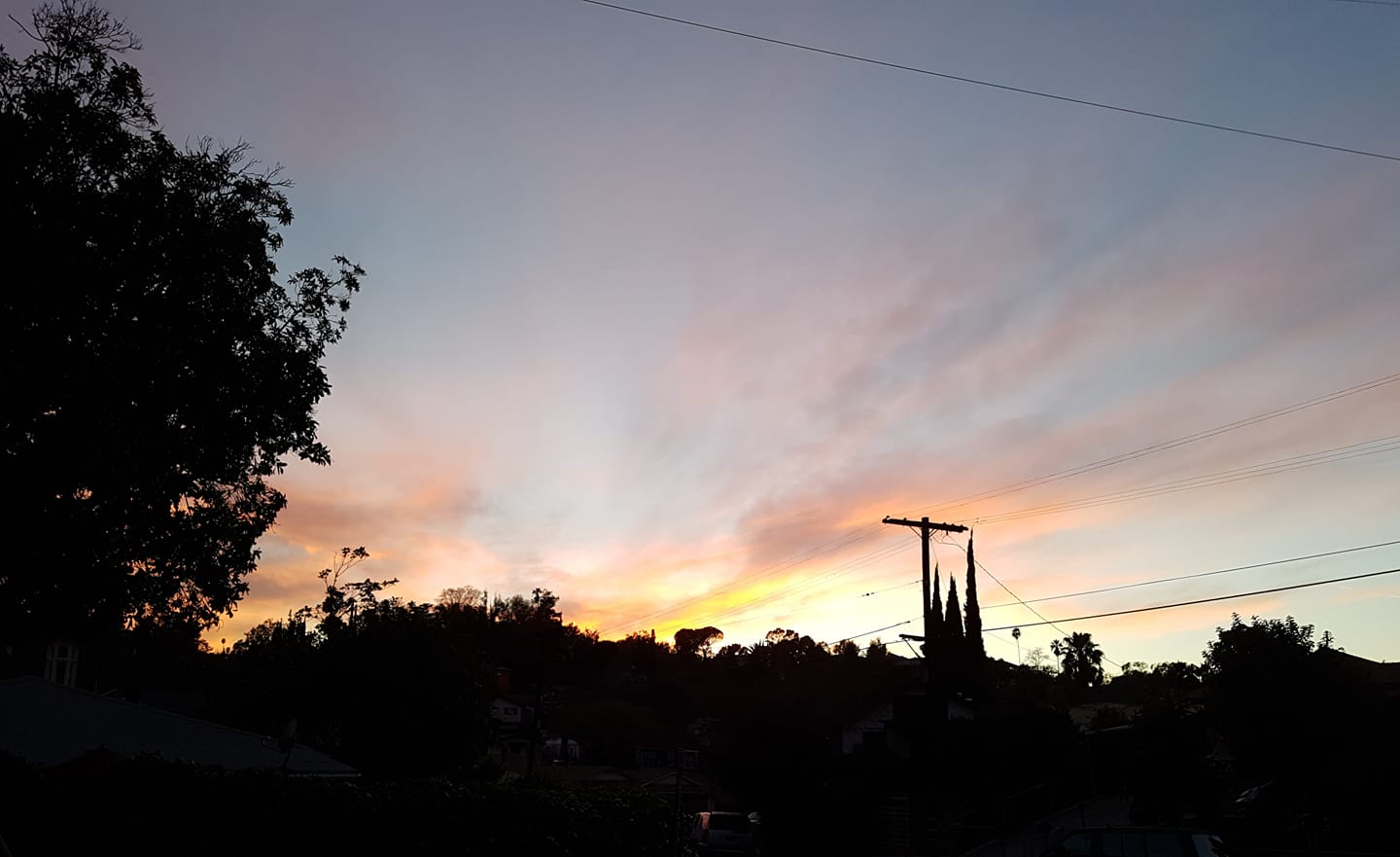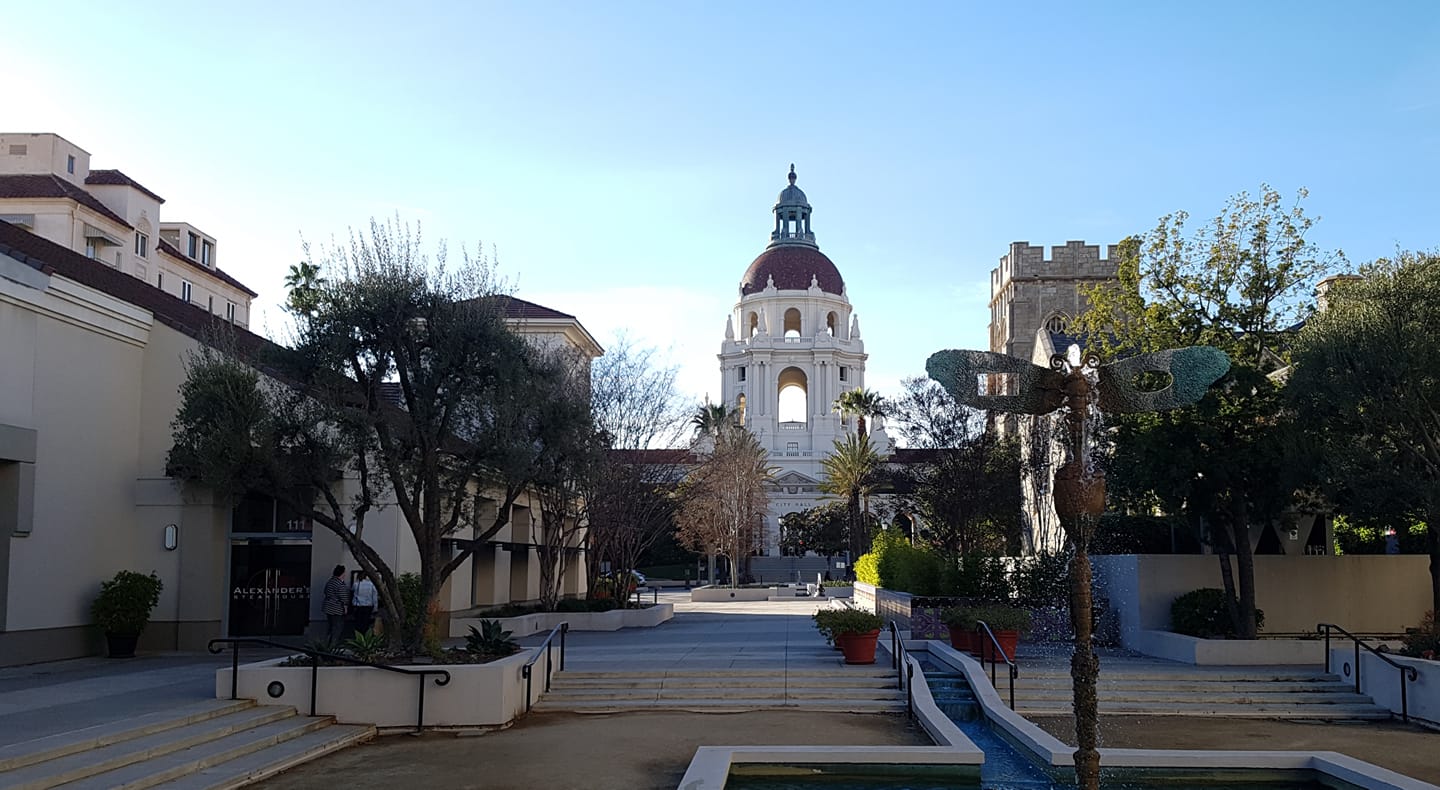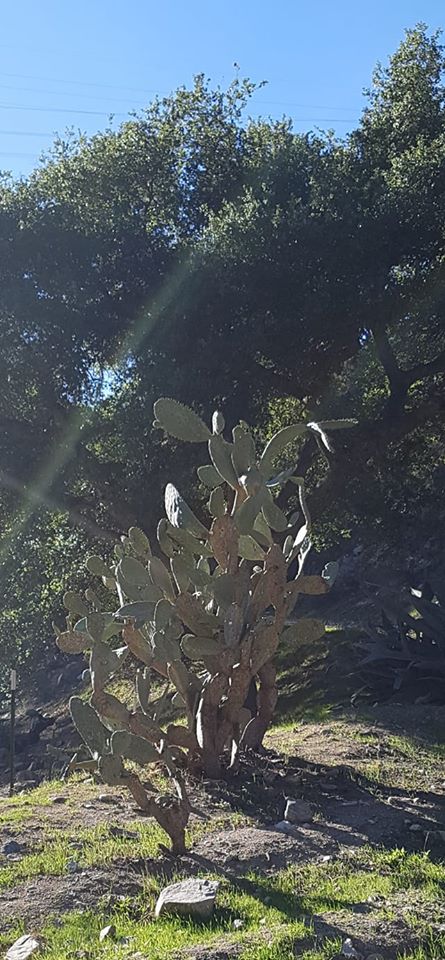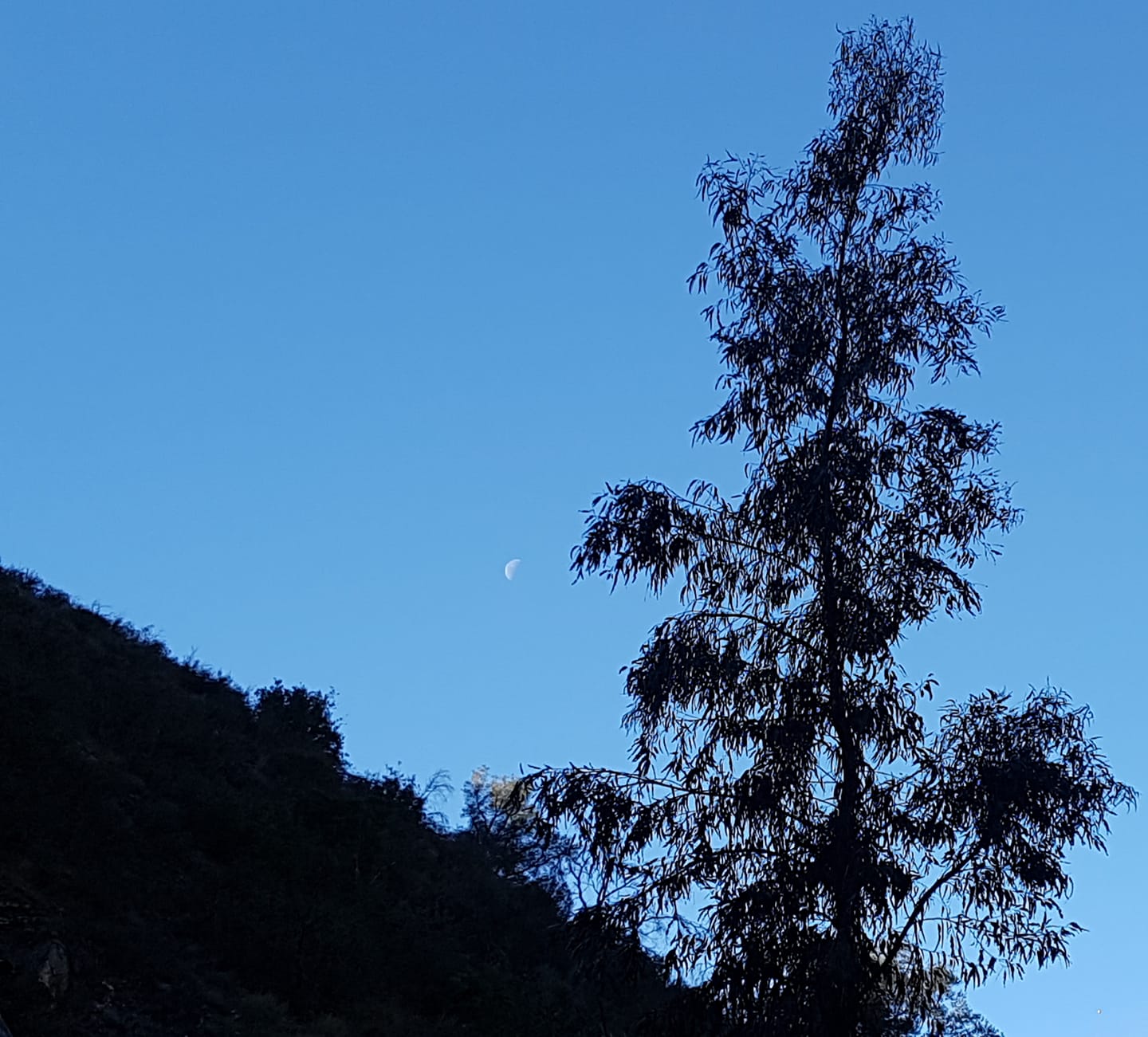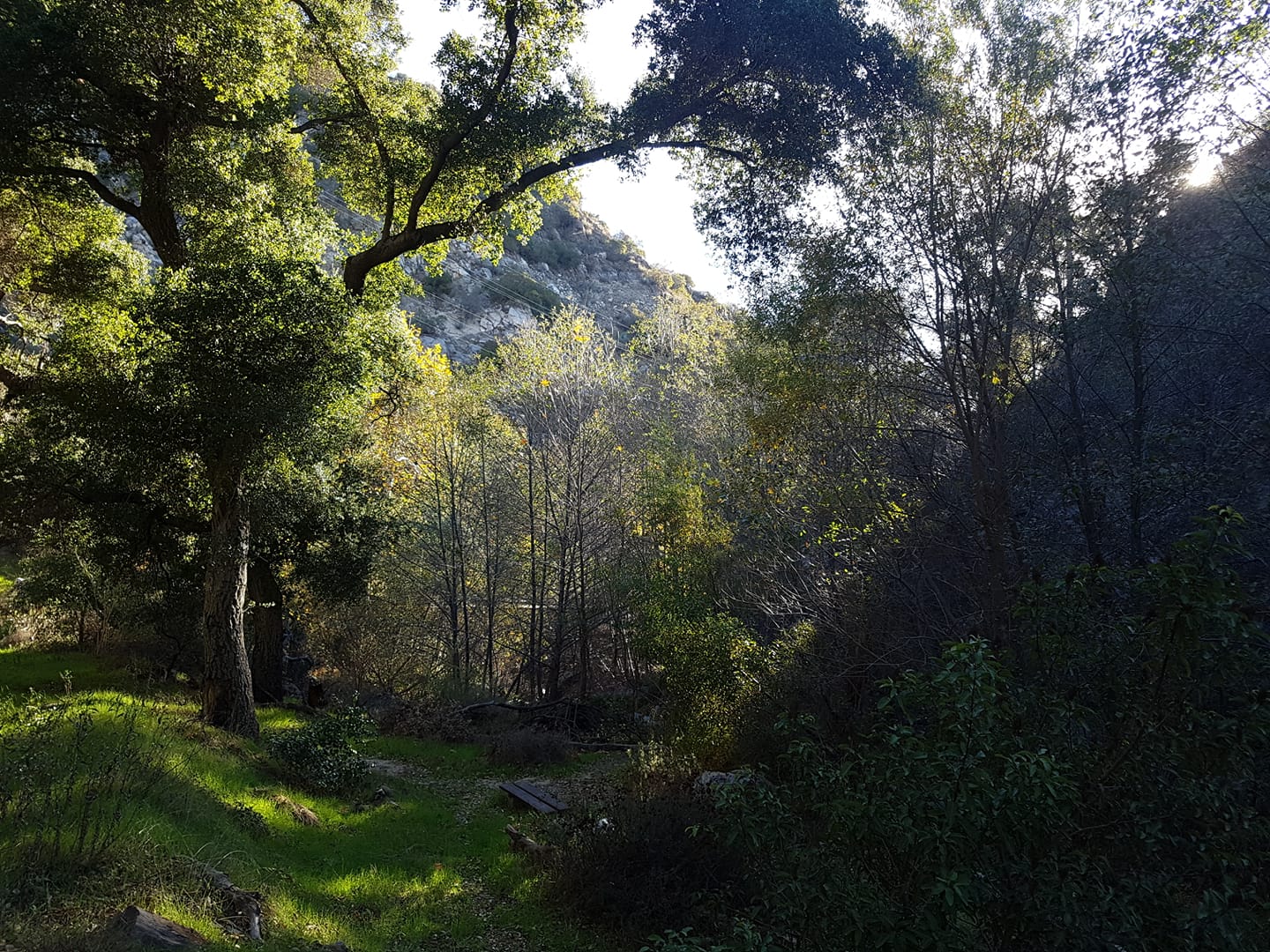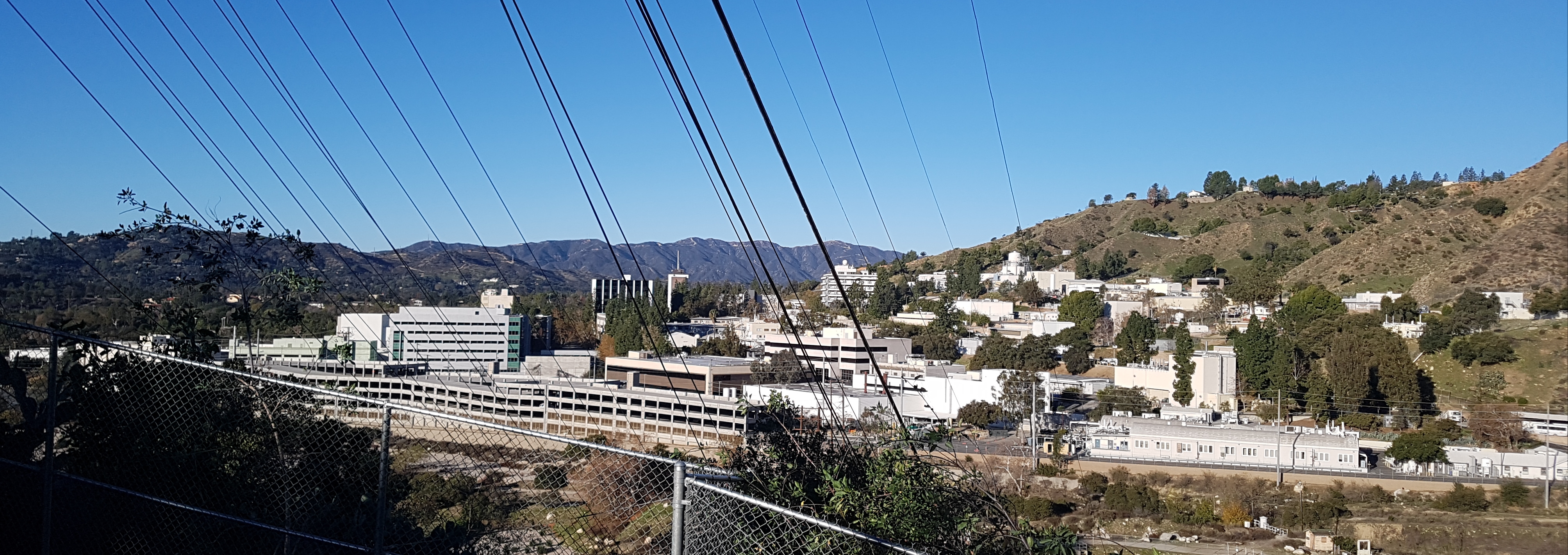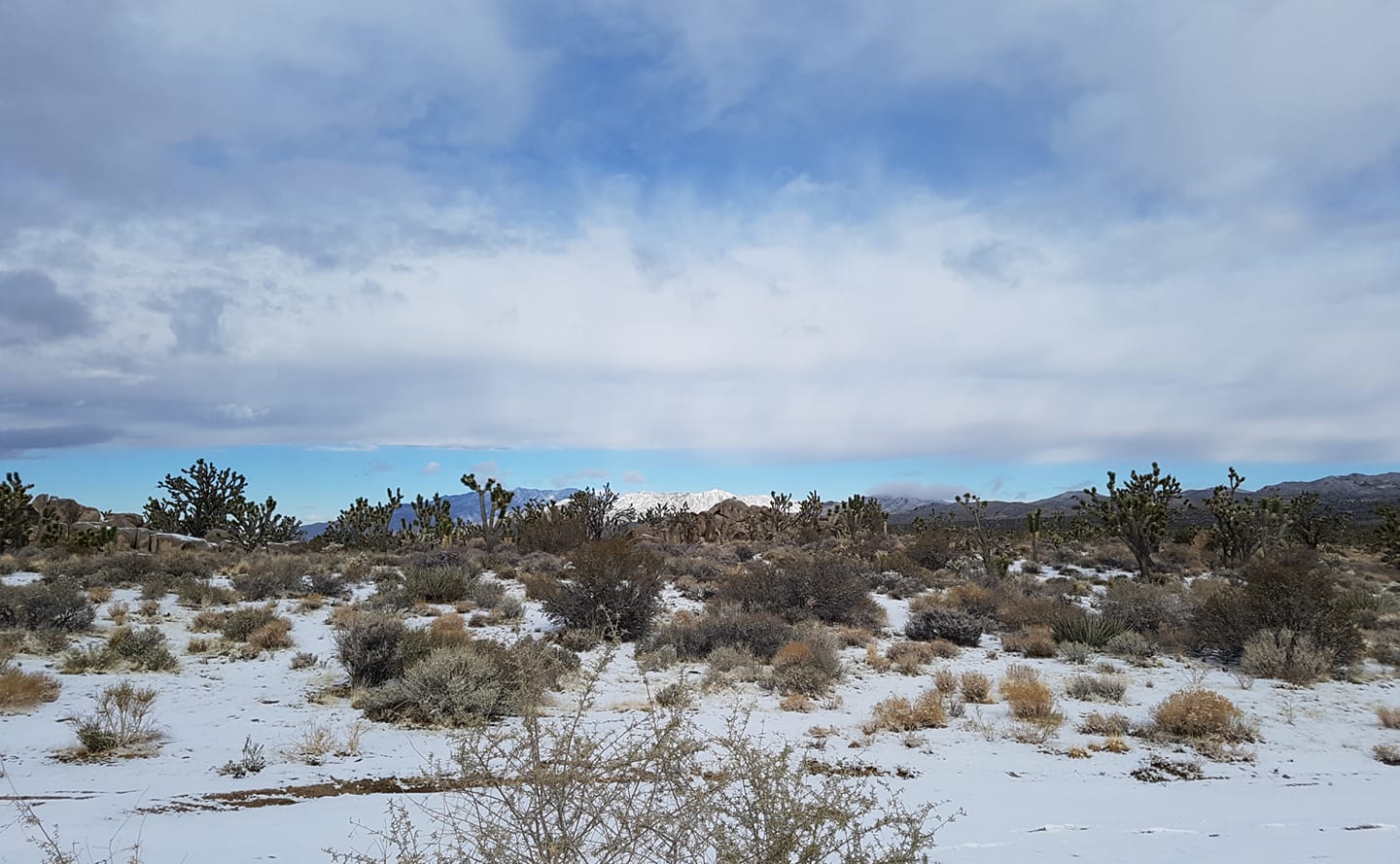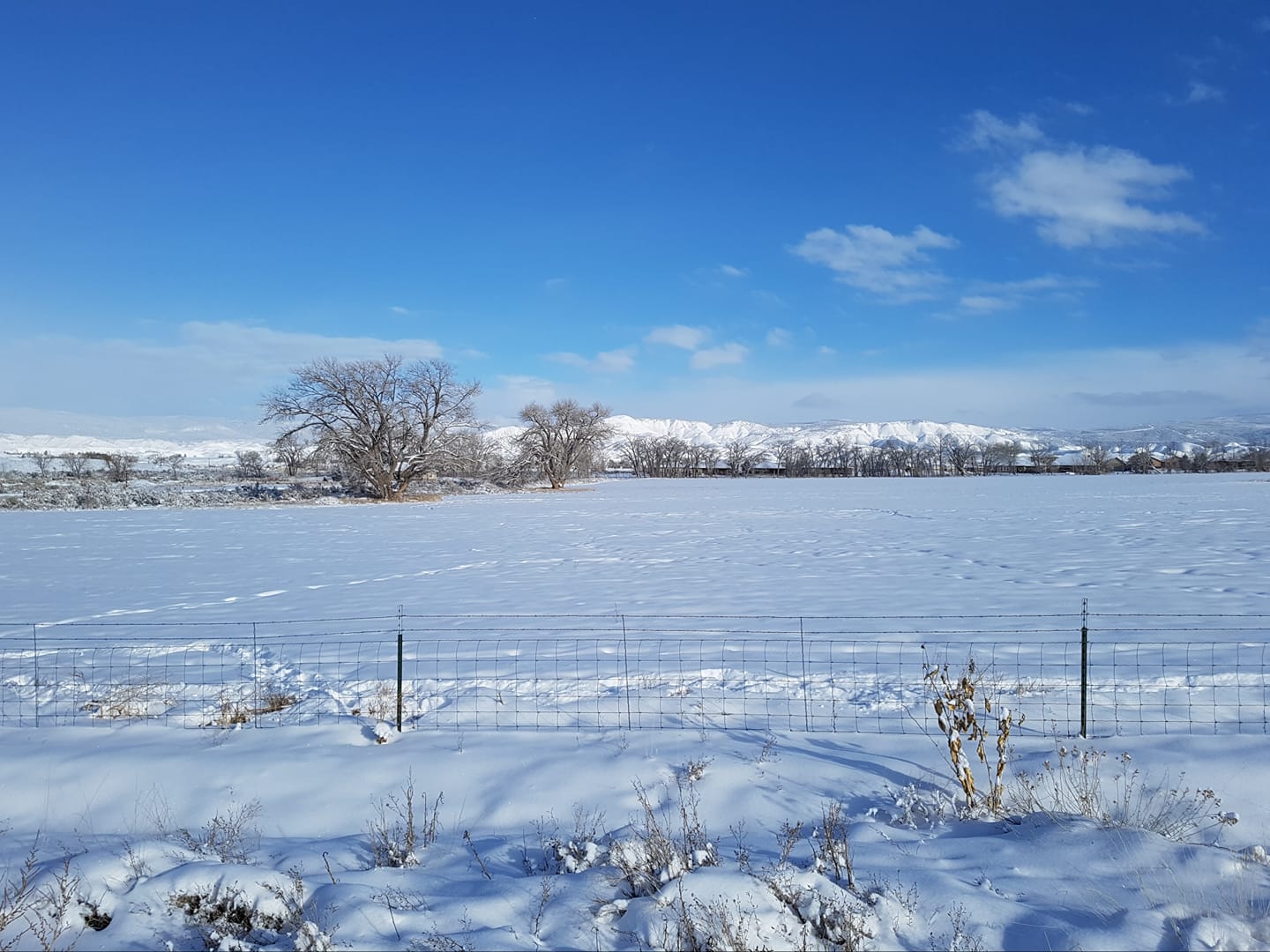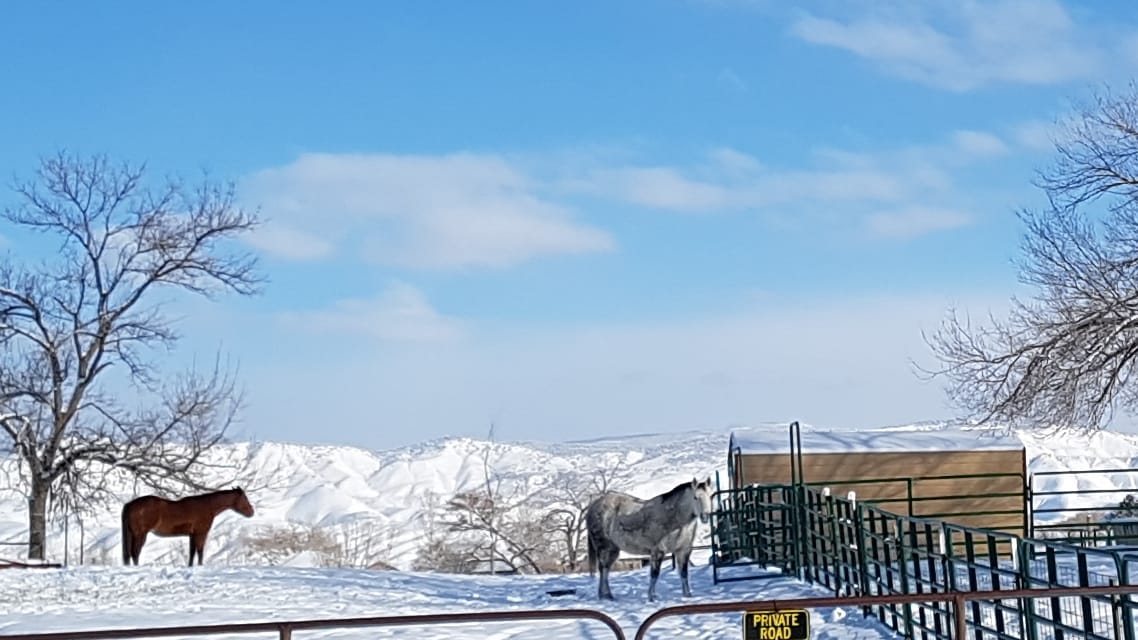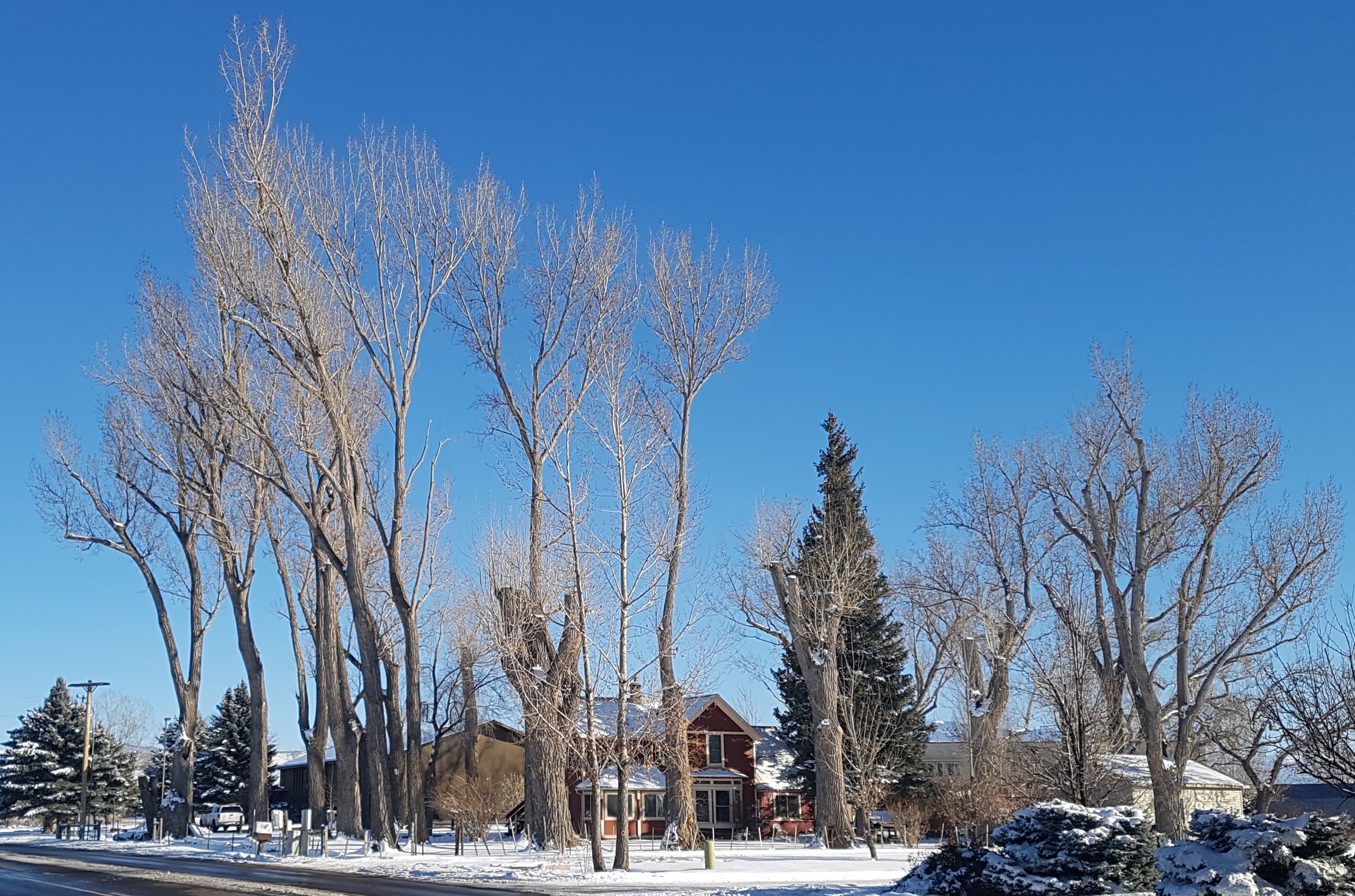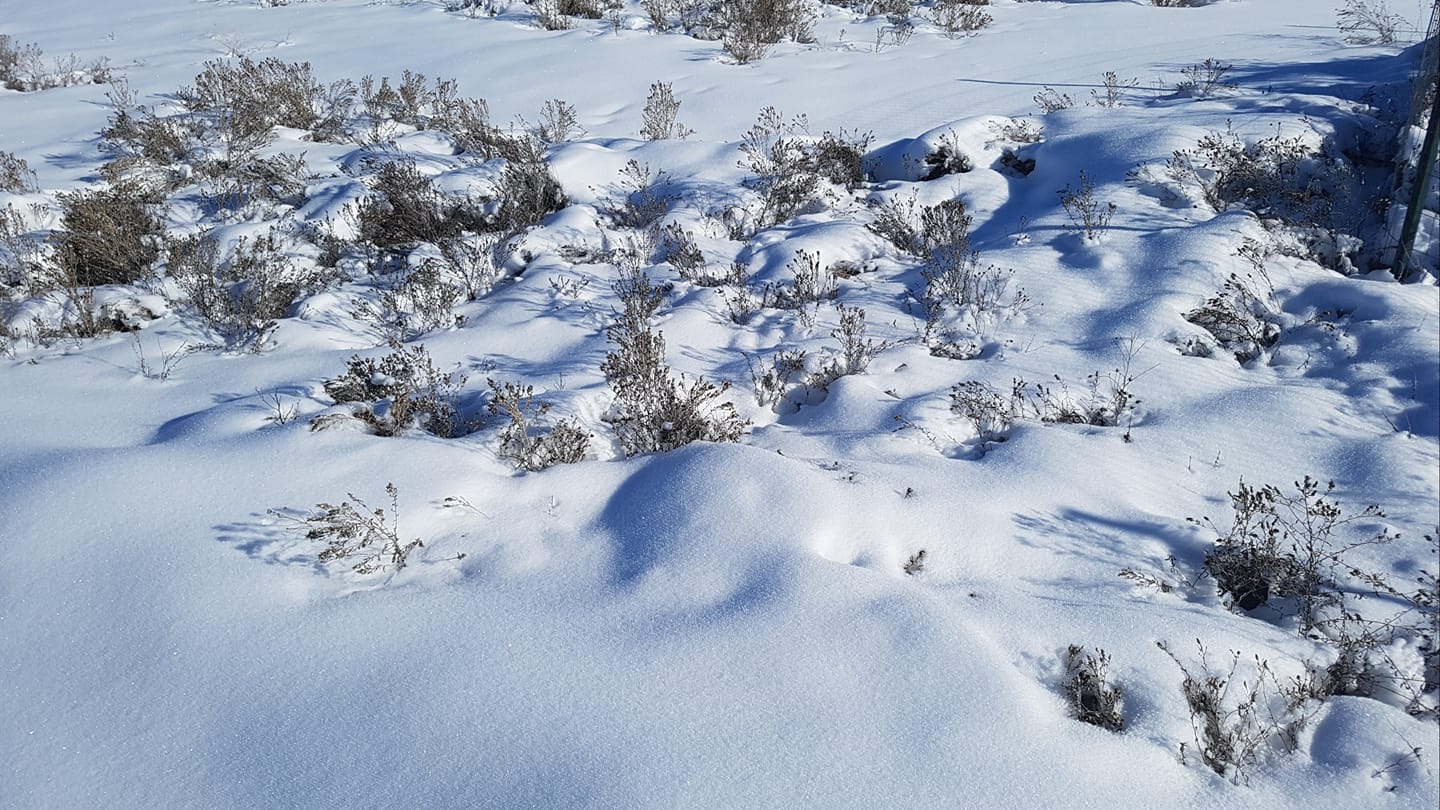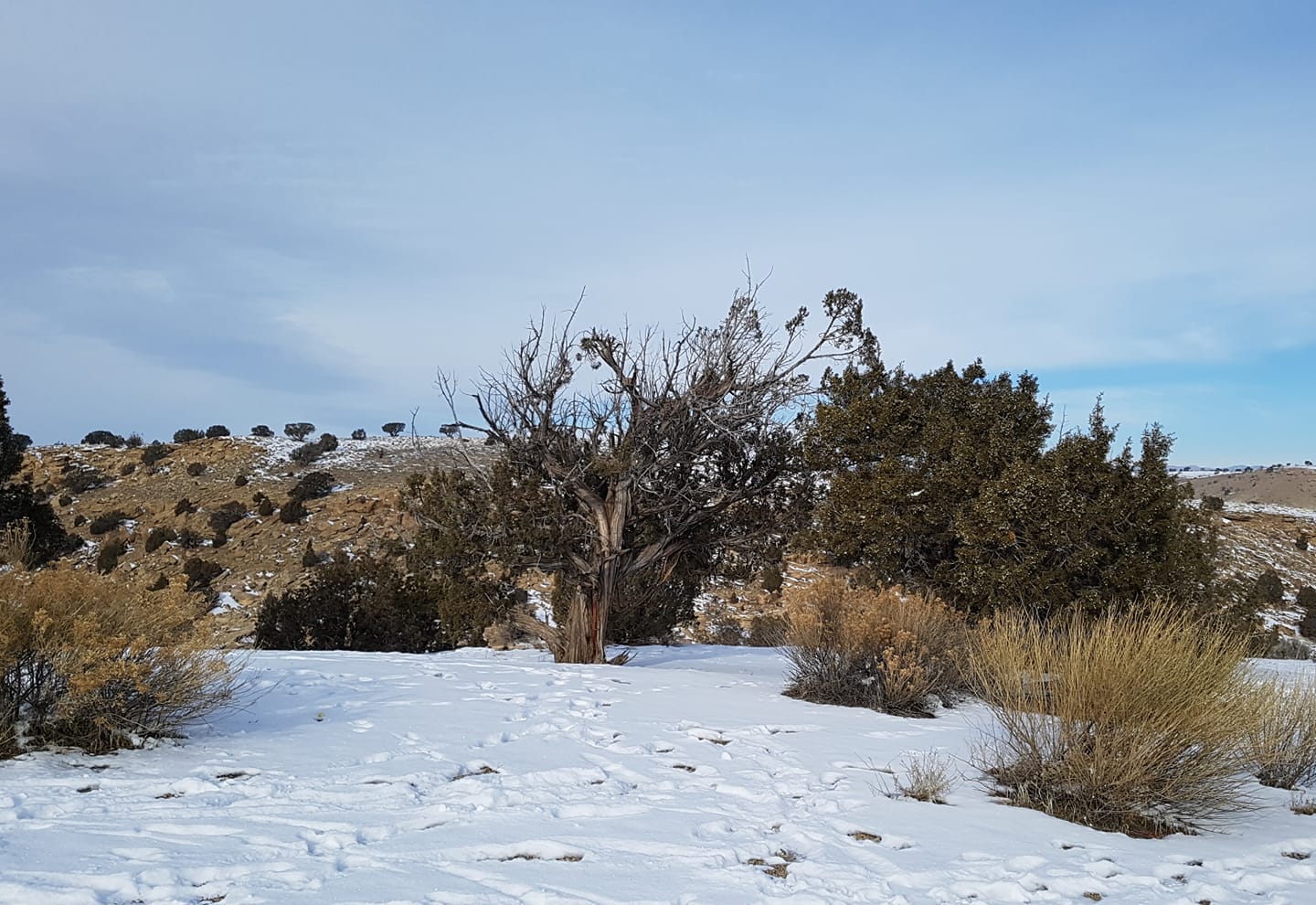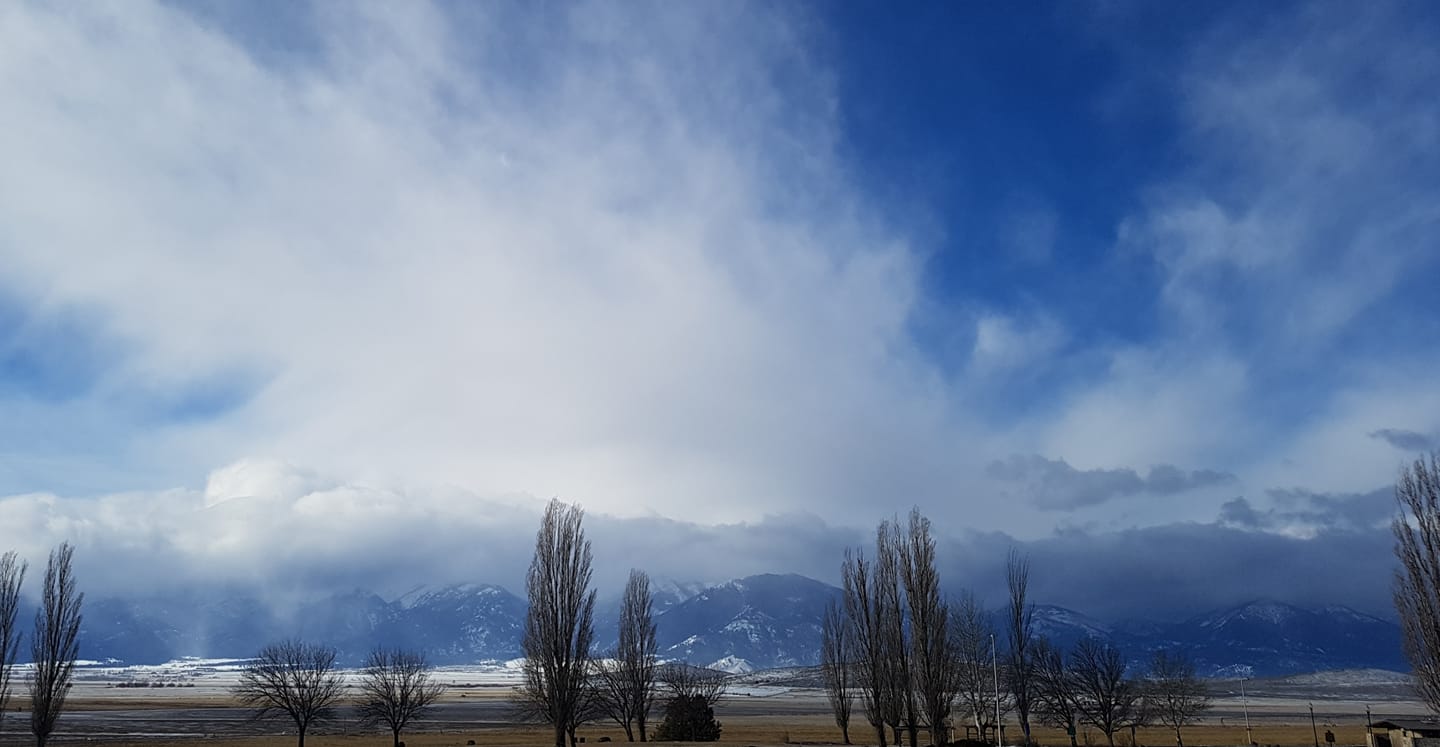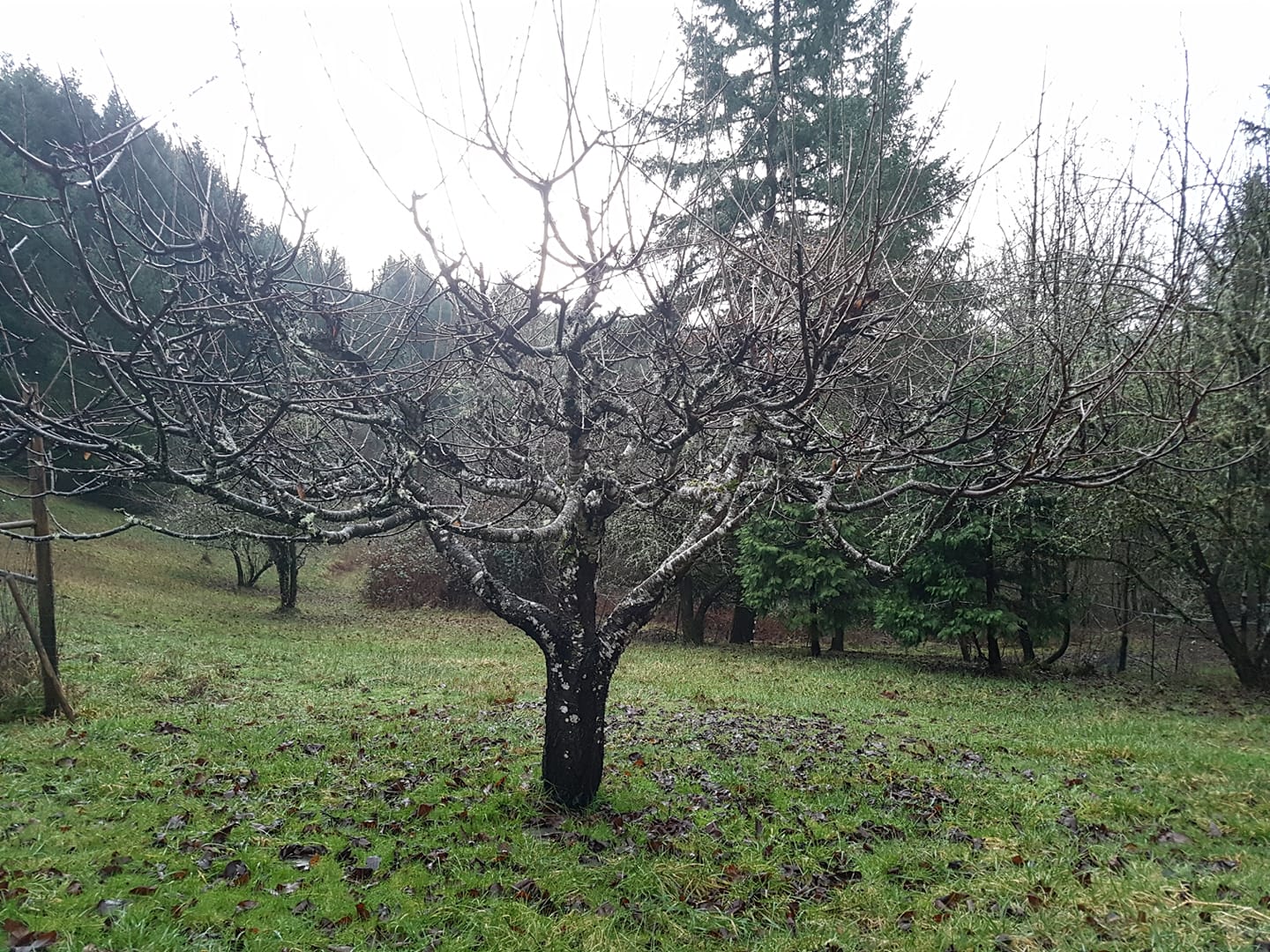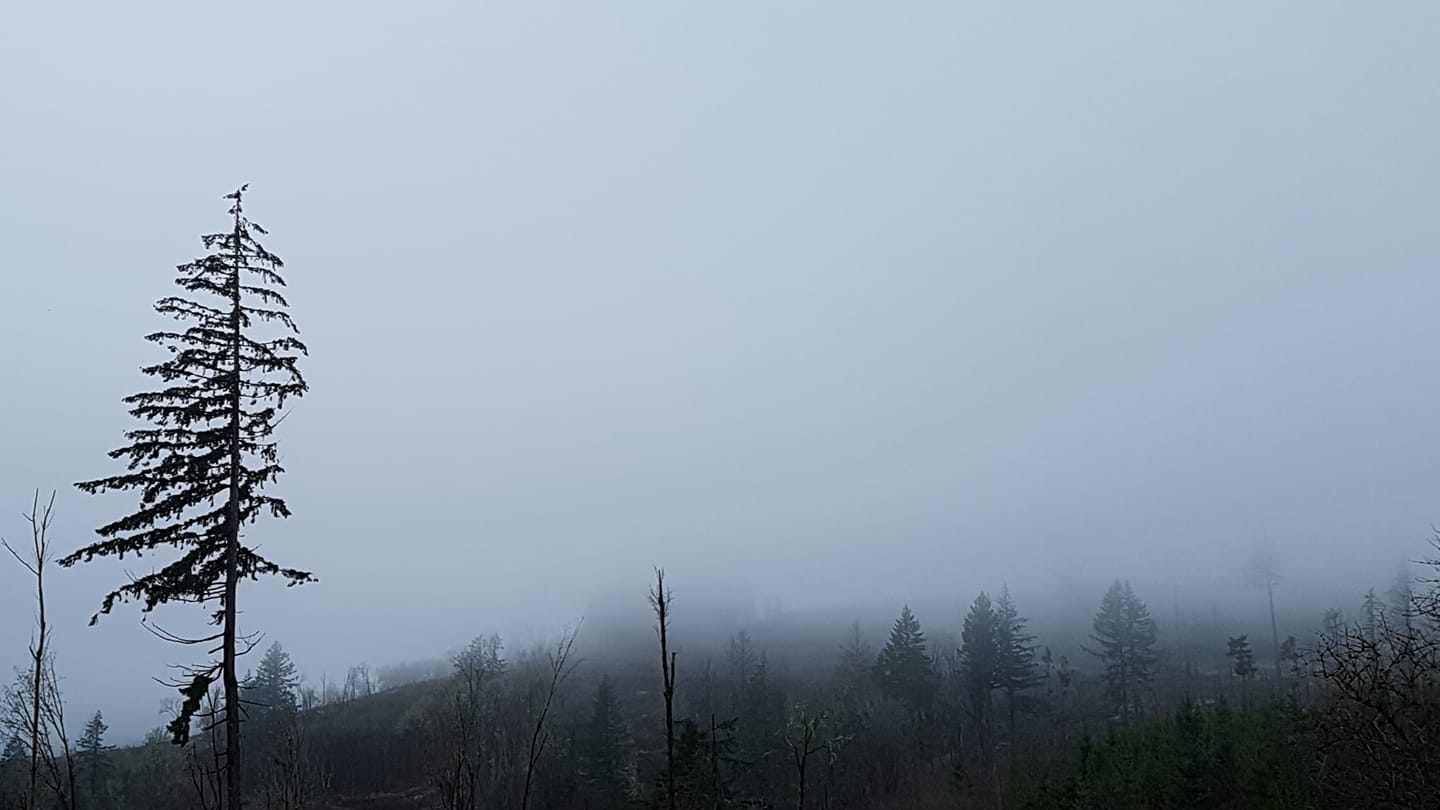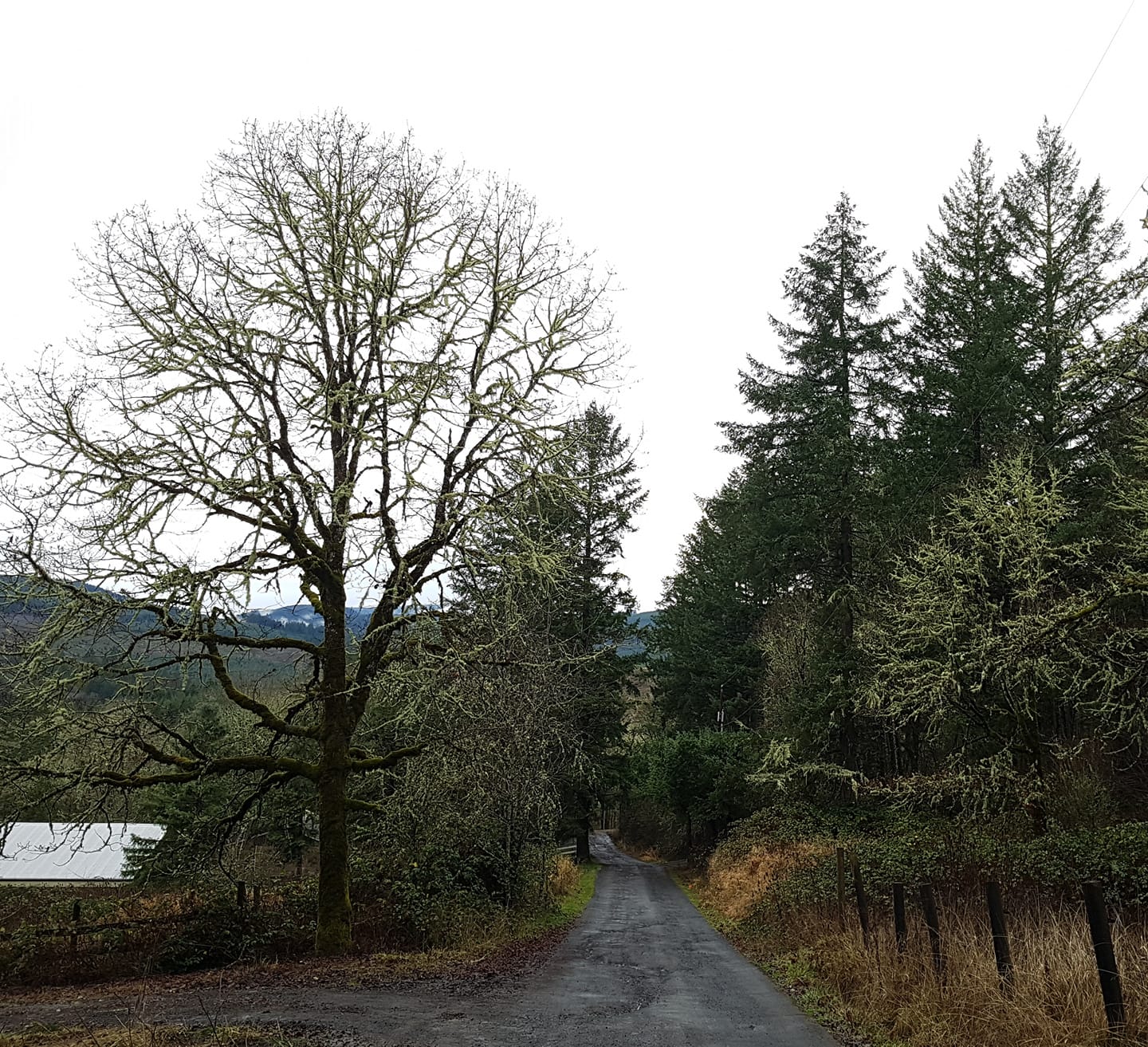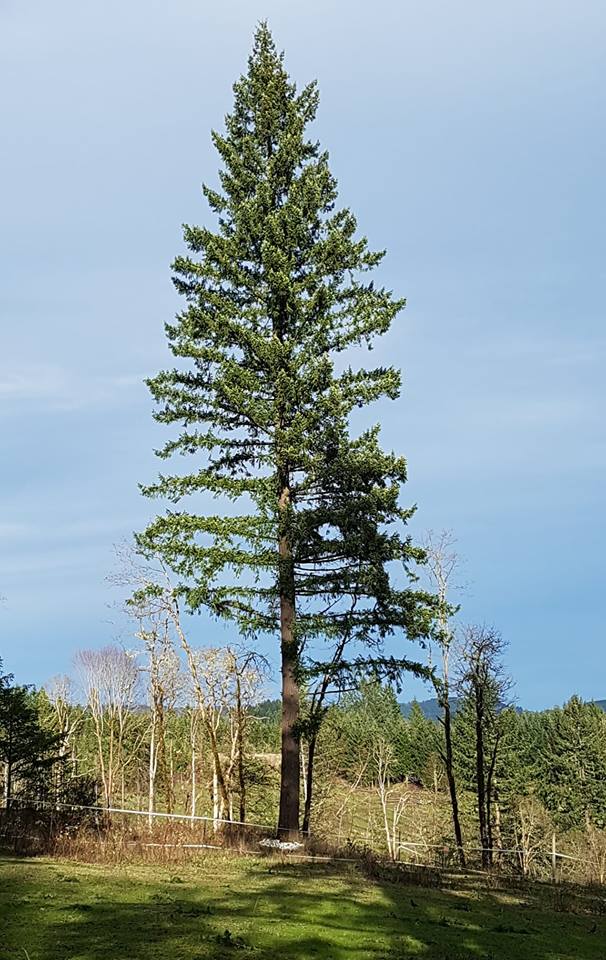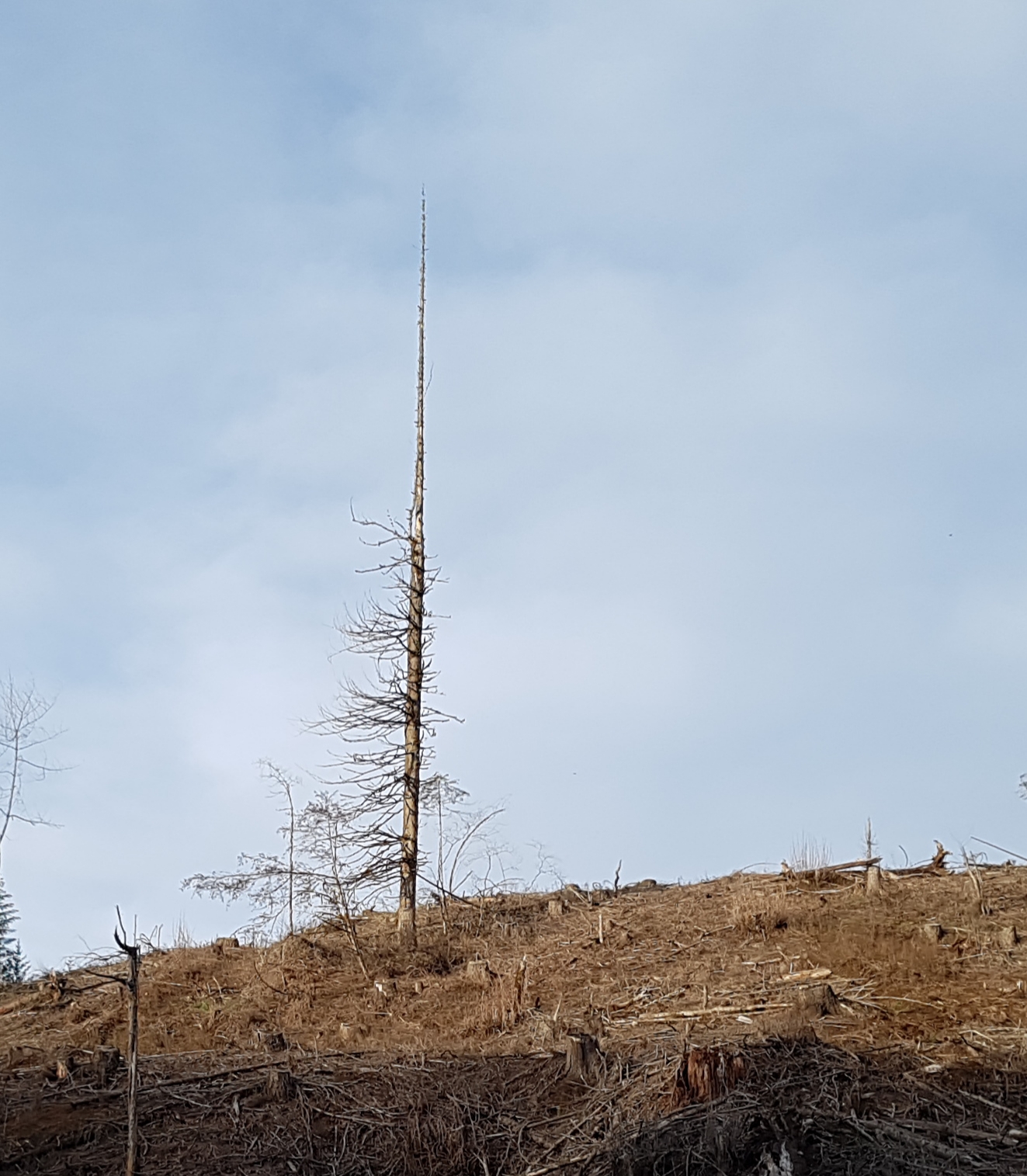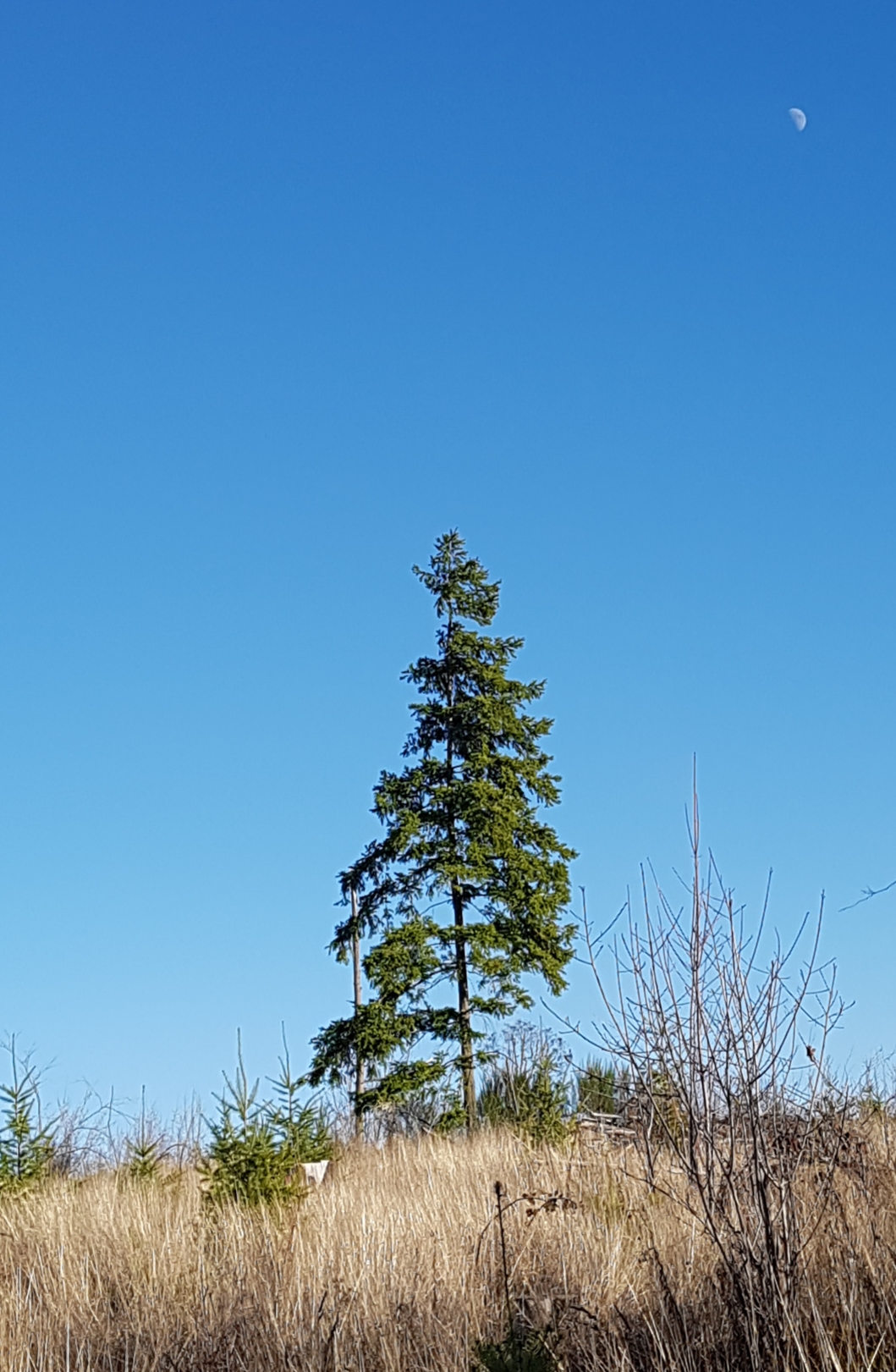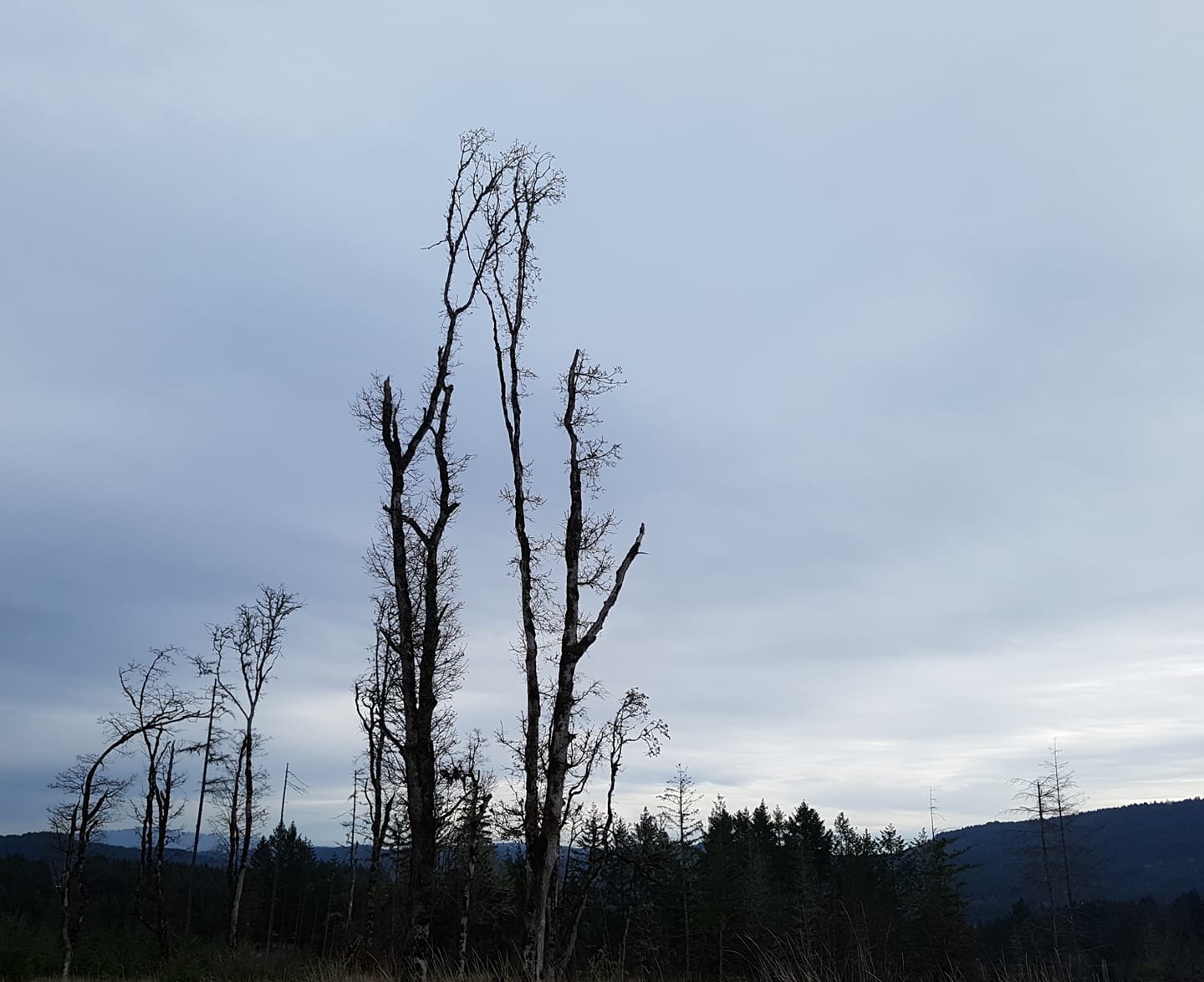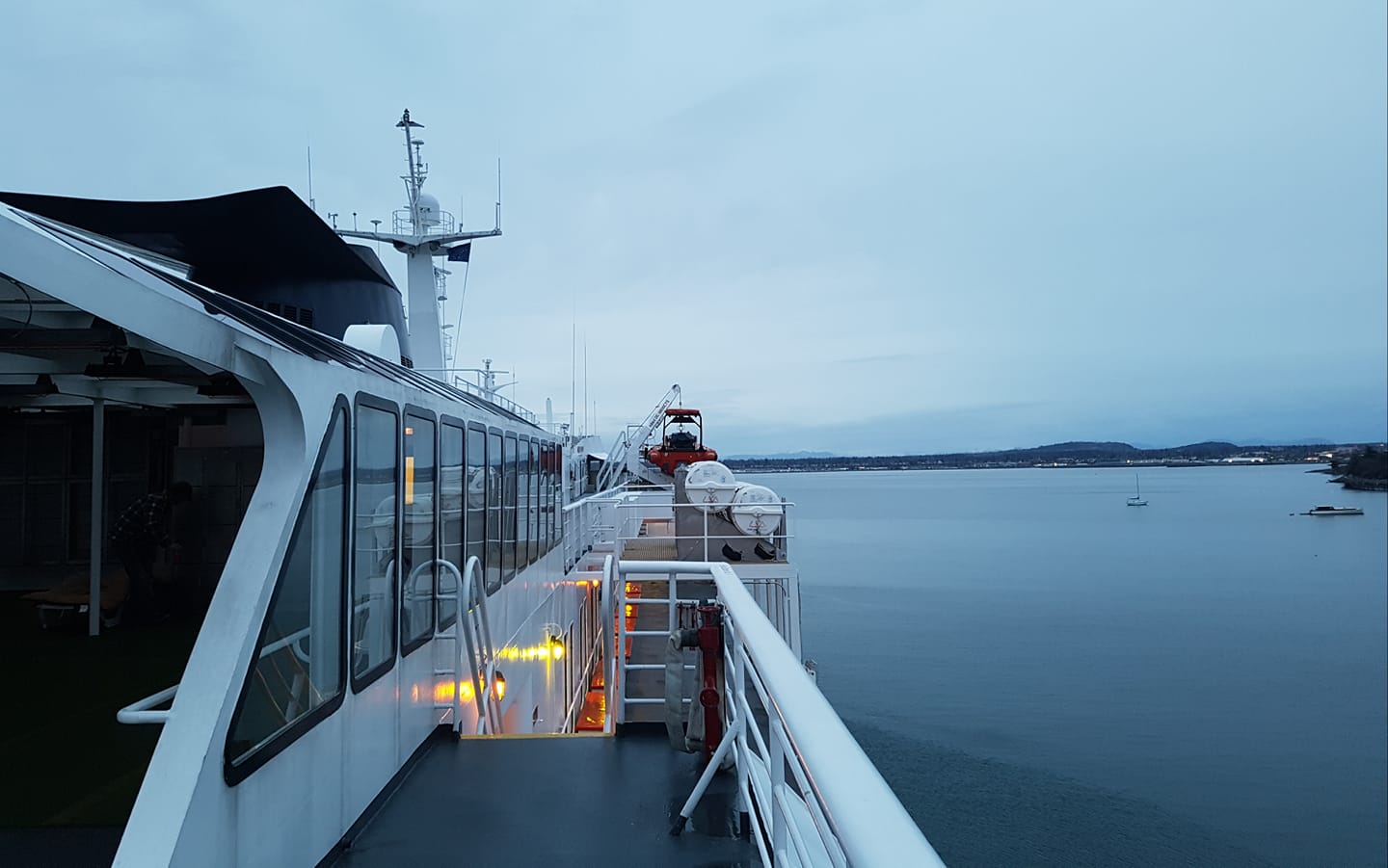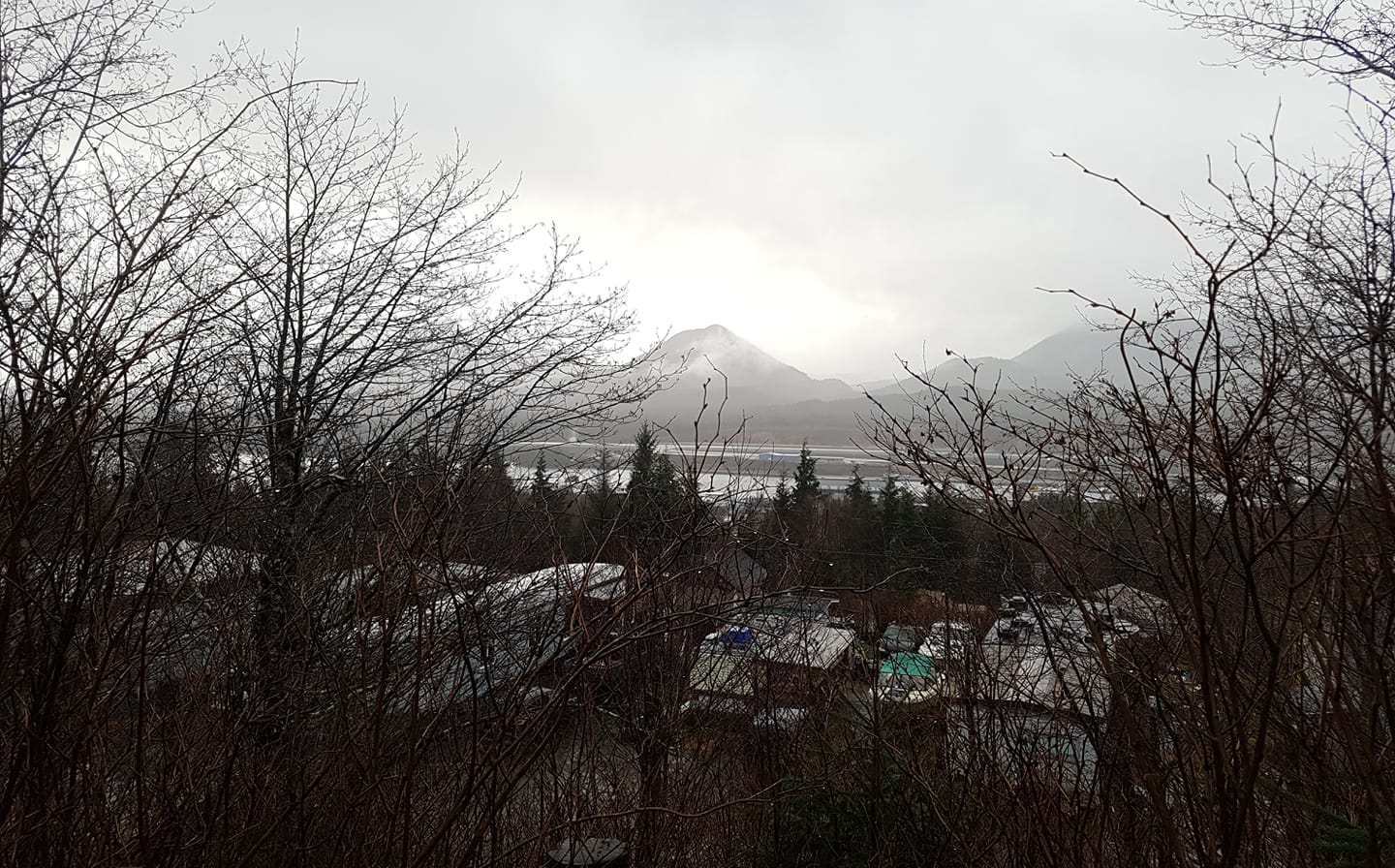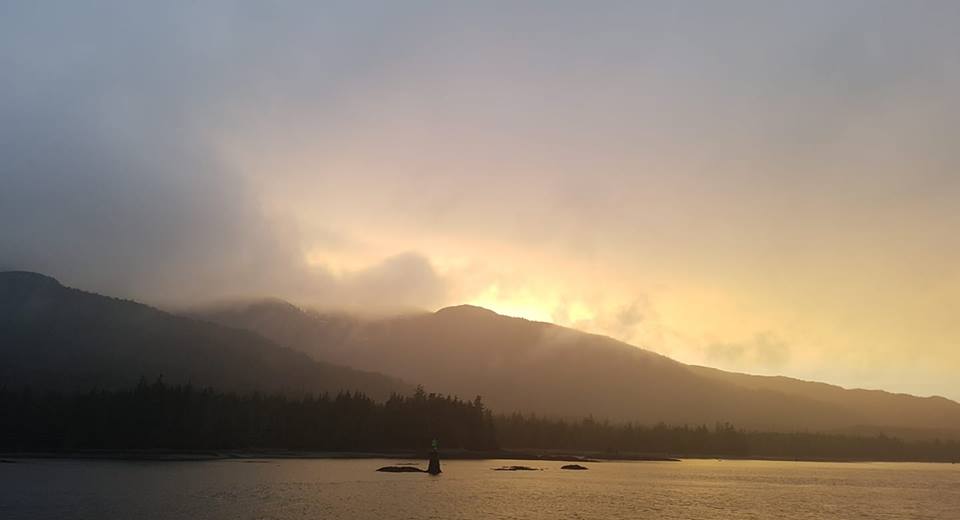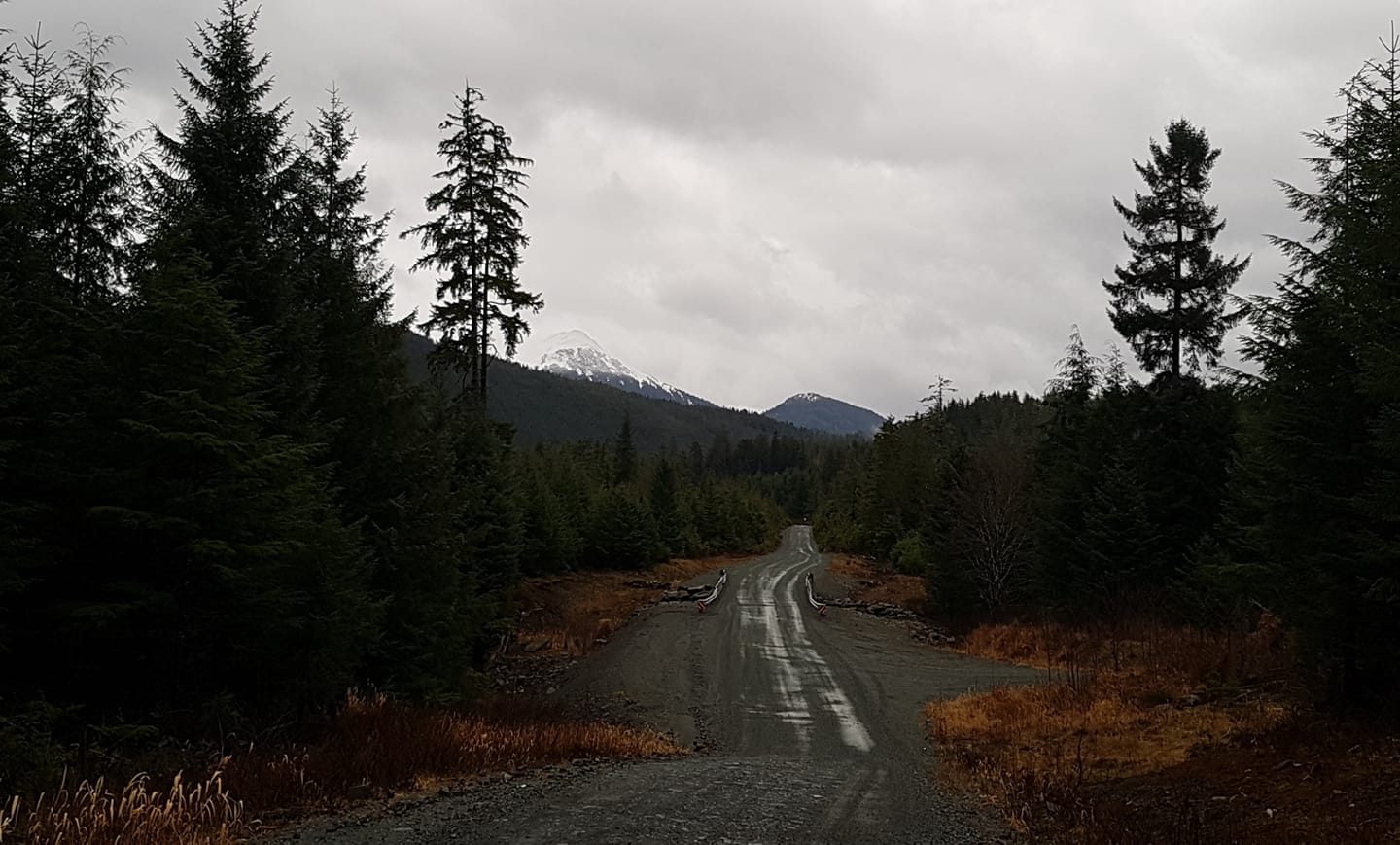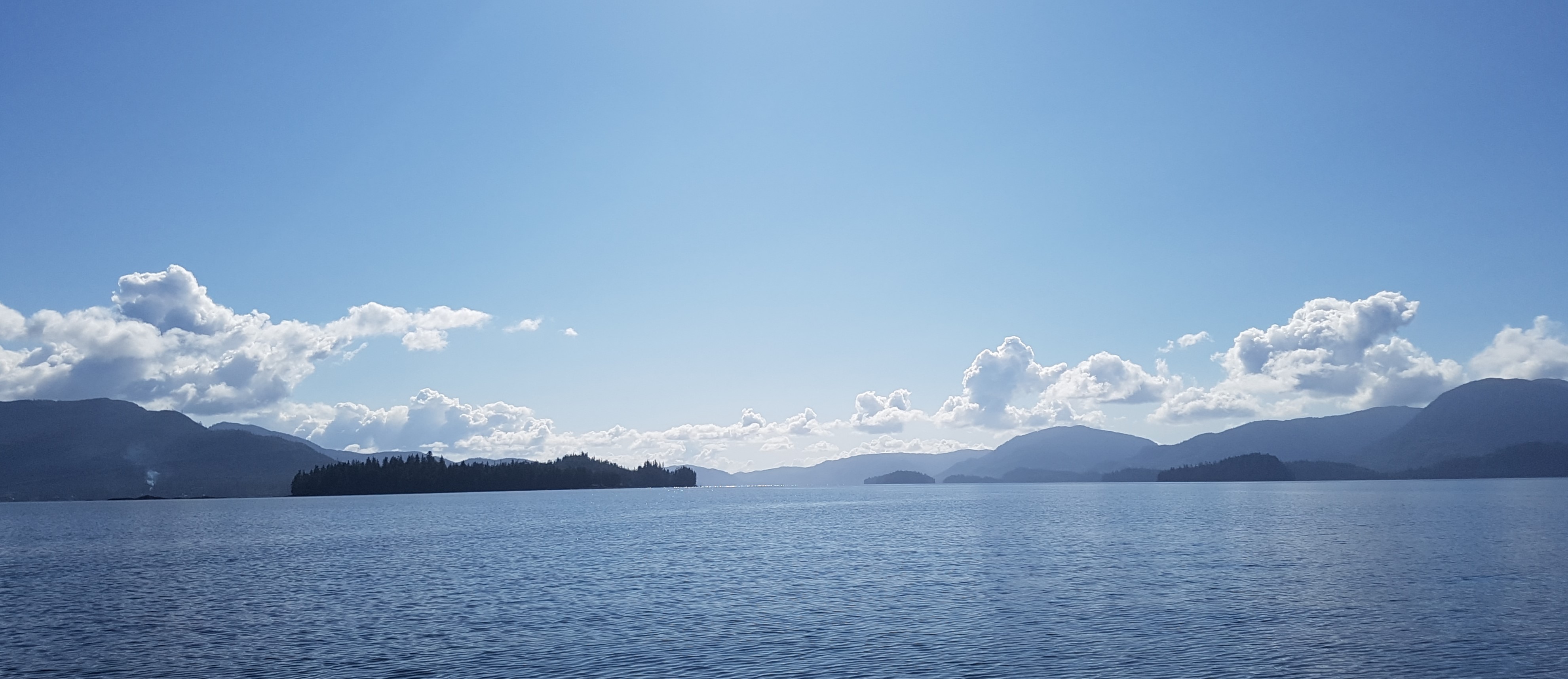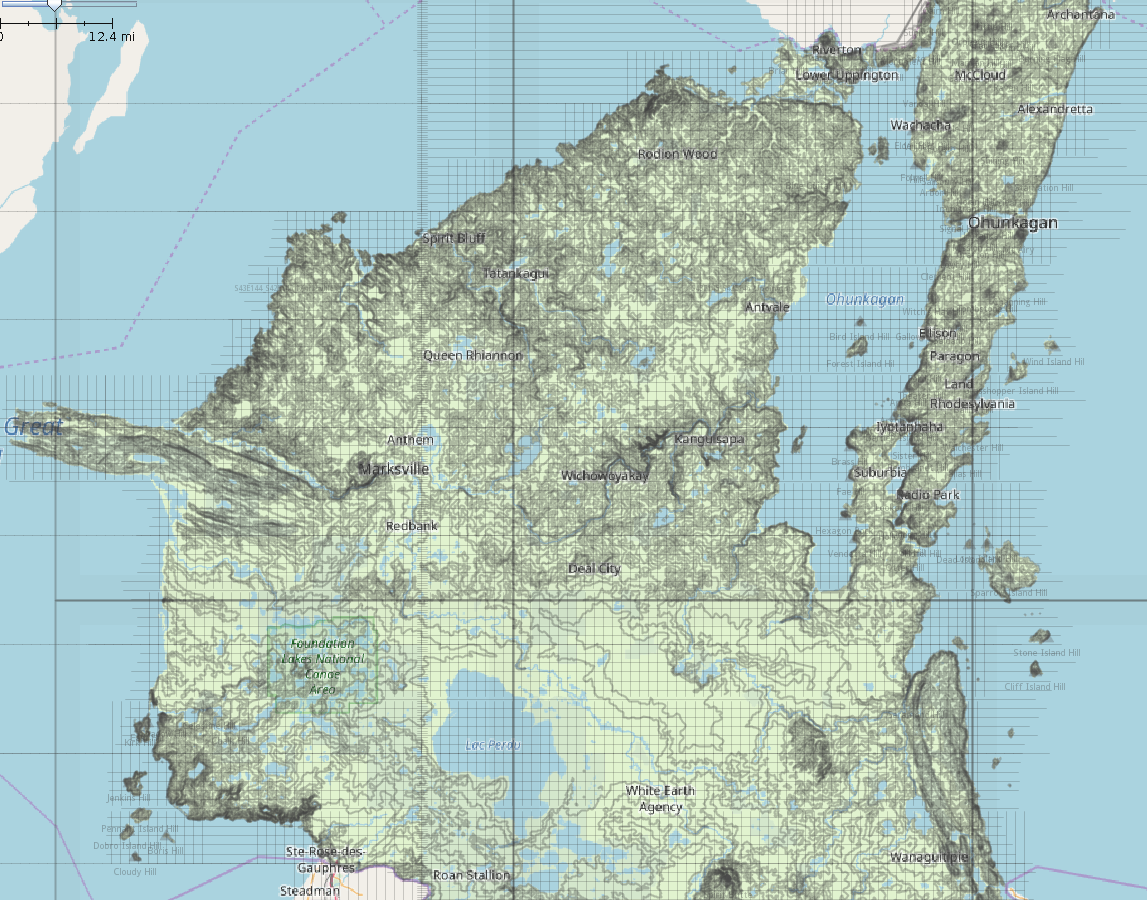I am intending a historical approach to mapping my FSA state of Makaska.
The contours are in pretty good shape for the whole state – not perfect, but far enough along that I feel comfortable that I can proceed to the next step.
My hope is to map, one by one, each of the state’s 203 townships (in the US, these were surveyed 6 mile x 6 mile squares under the old PLSS system, generally, but they varied because of natural topography sometimes). I will first map each township to the point of a kind of “1880 snapshot.”
I have completed my first township, called Cash Township, in the north-central part of the state. It includes the towns of Apple River and Duy, future suburbs of the Riverton-Uppington Micropolitan Region, the latter of which consists of the whole of Elizabeth Parish (i.e. county).
Here is the map.
Here is the same map in the Topo Layer. [UPDATE 20210531: The OGF Topo layer has been disabled – perhaps permanently. I am looking into hosting my own version of the OGF Topo layer. If I get it working, I’ll replace the broken link below with a working one.]
I specifically would like the following feedback: What would make this most convincingly an 1880 snapshot? What needs to mapped? I have a railroad, two rail stations. All the roads are “highway=track” because that’s what roads were in that era – dirt and only dirt. I have a few buildings but will place some more – those which might be historically important when I later catch my mapping up to the modern era.
What else should I include? There weren’t many parks back then – just a few “city parks”, and urban infrastructure outside of major cities was pretty minimal. Maybe a water tower for Apple River? Maybe a few schools?
Music to map by: Sims, “Tape Deck.”
